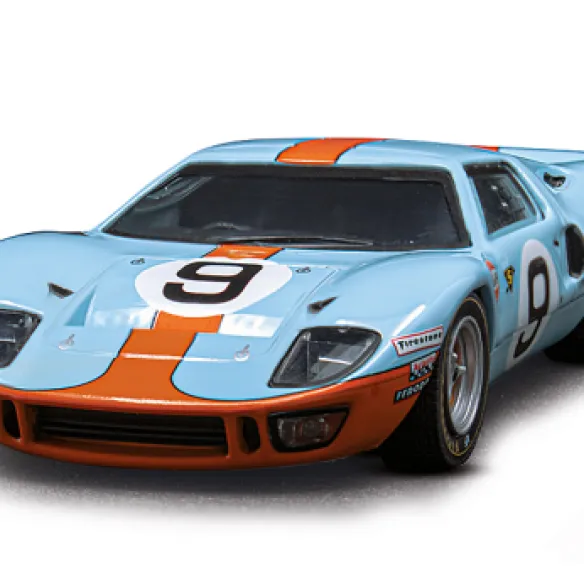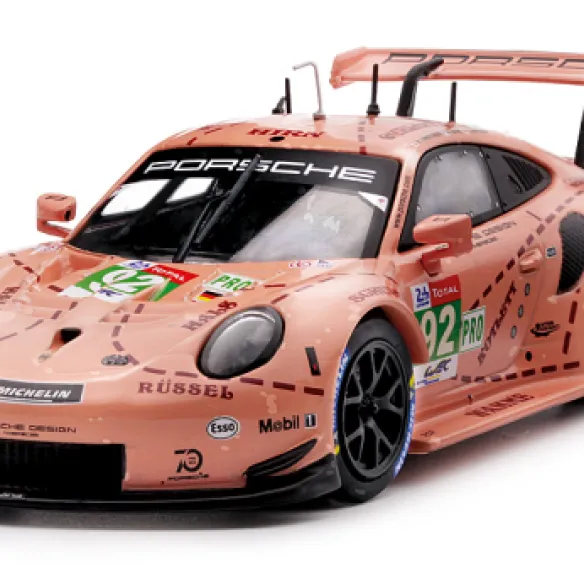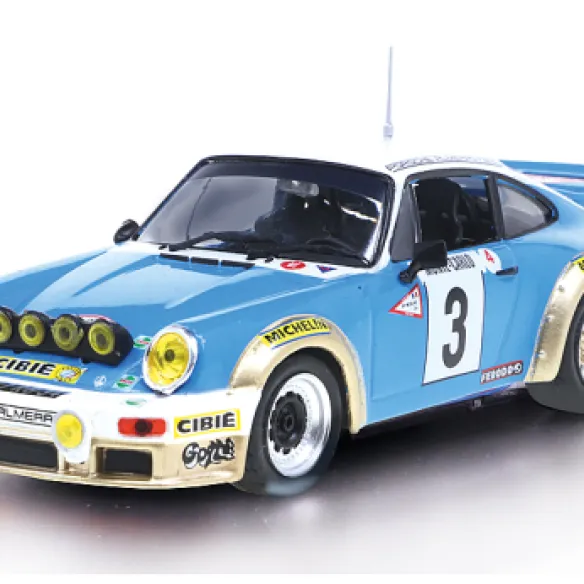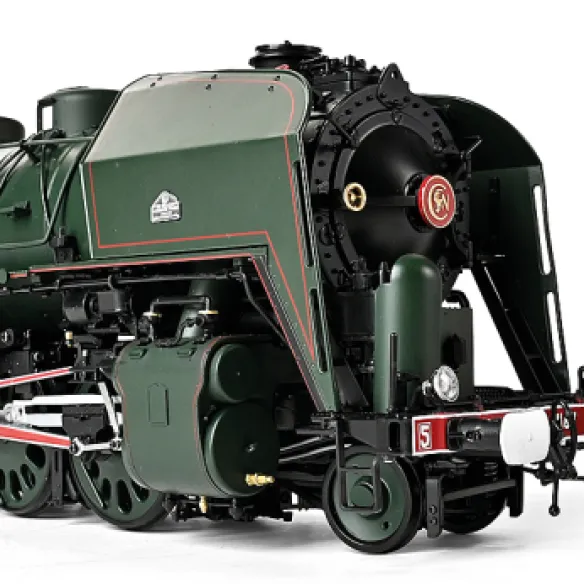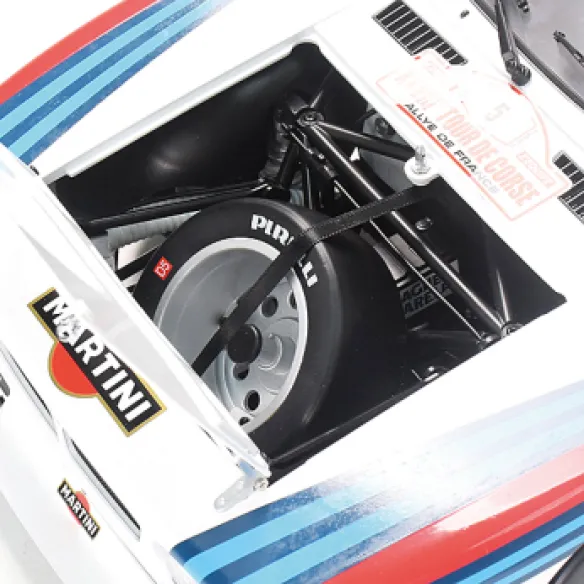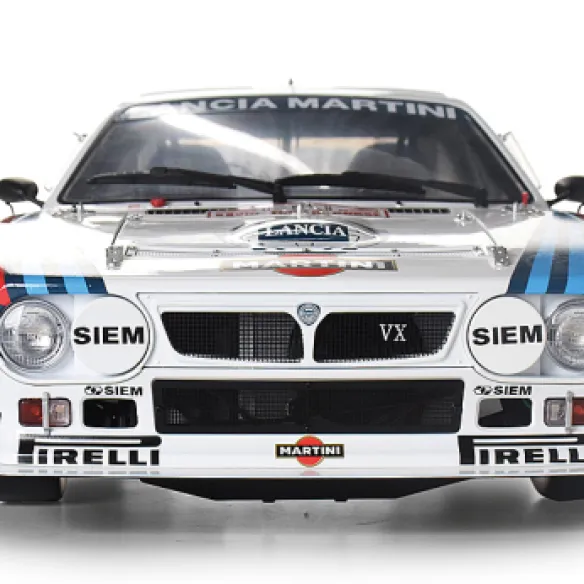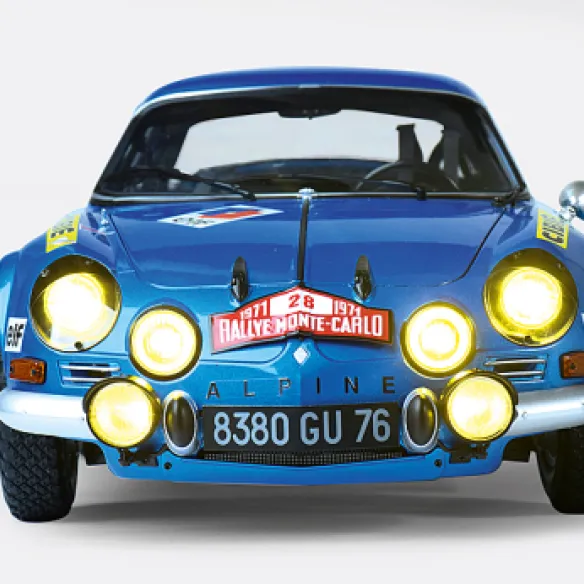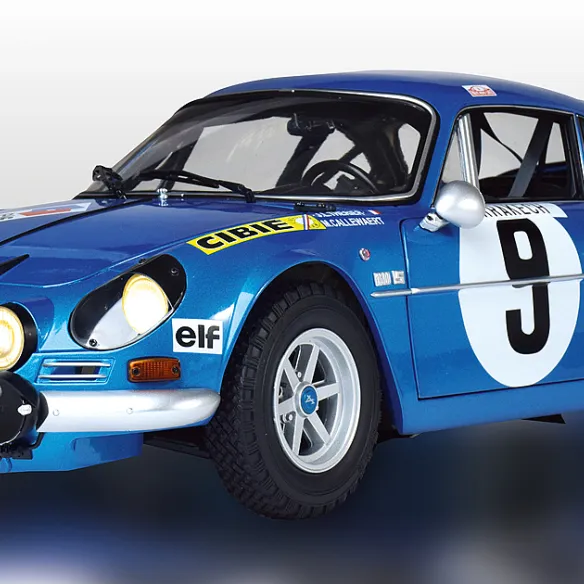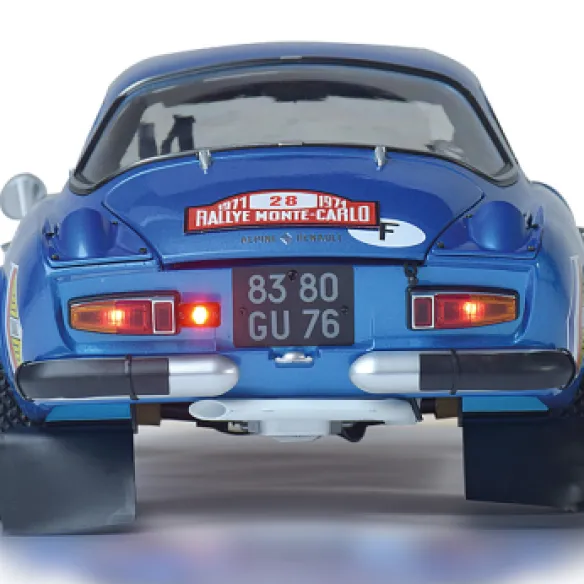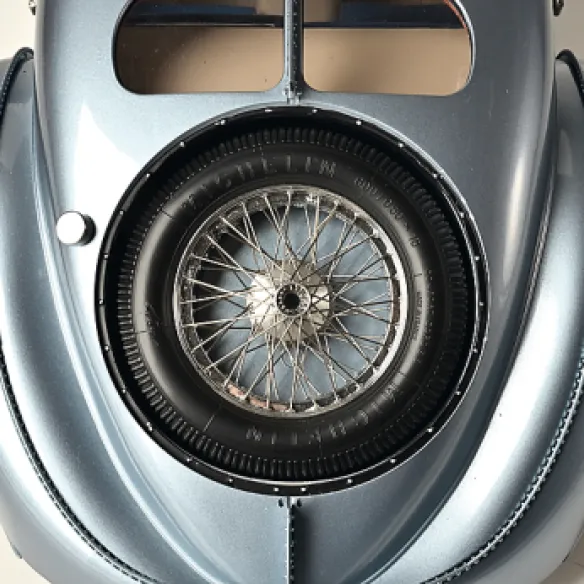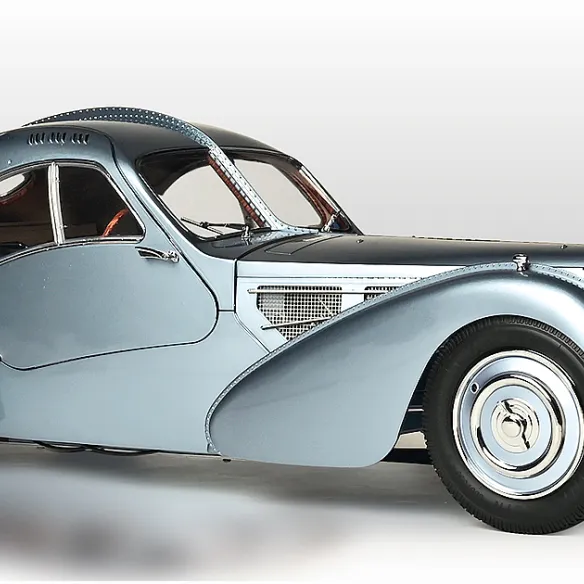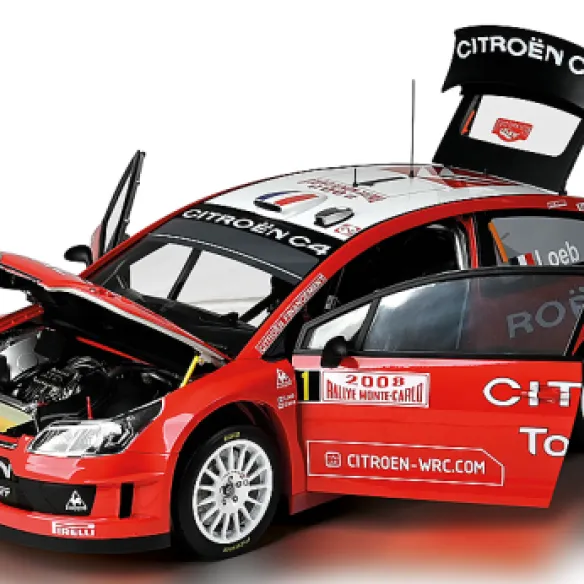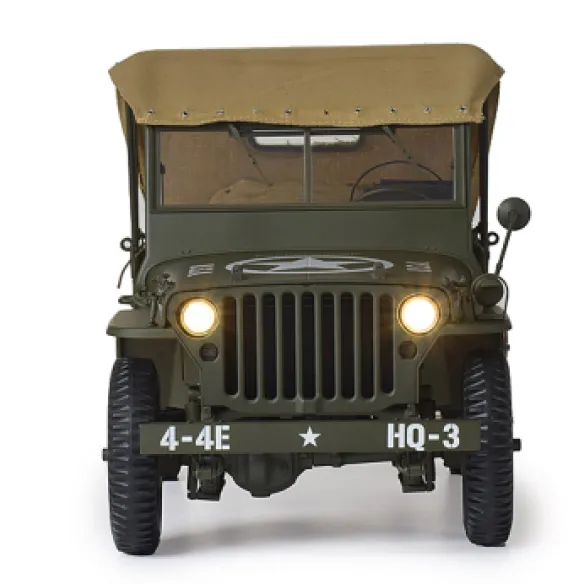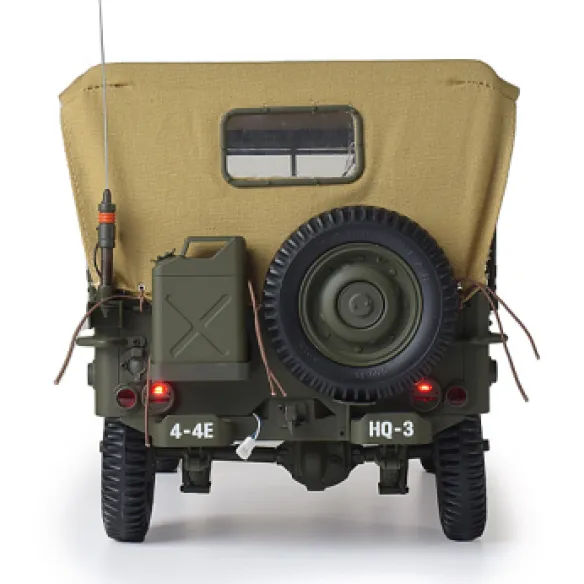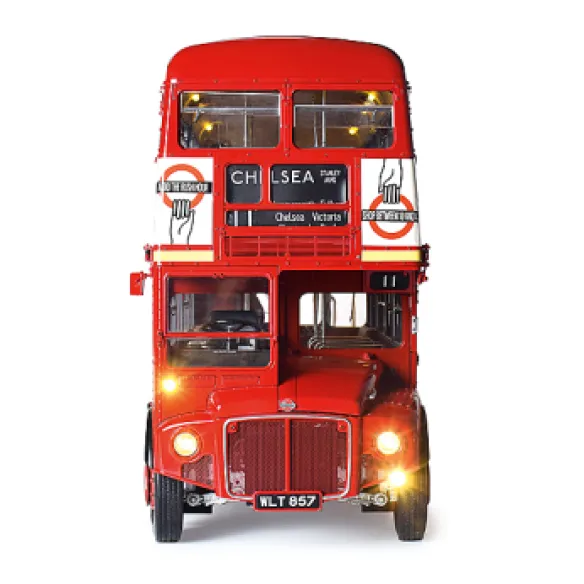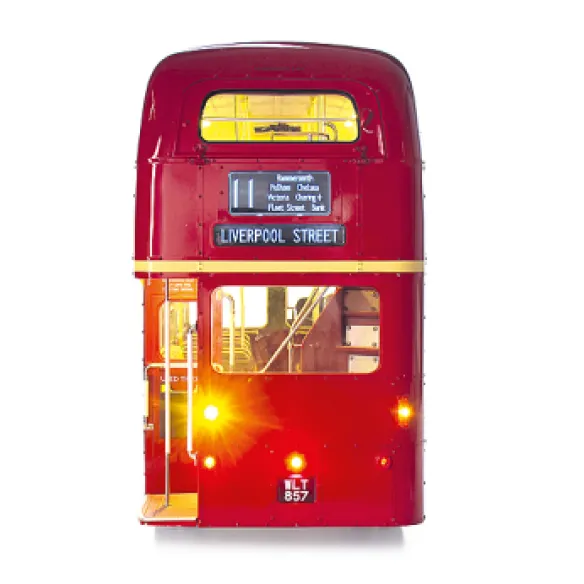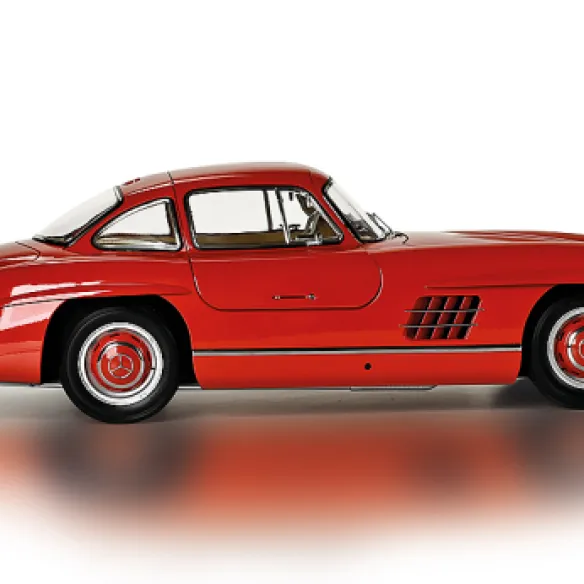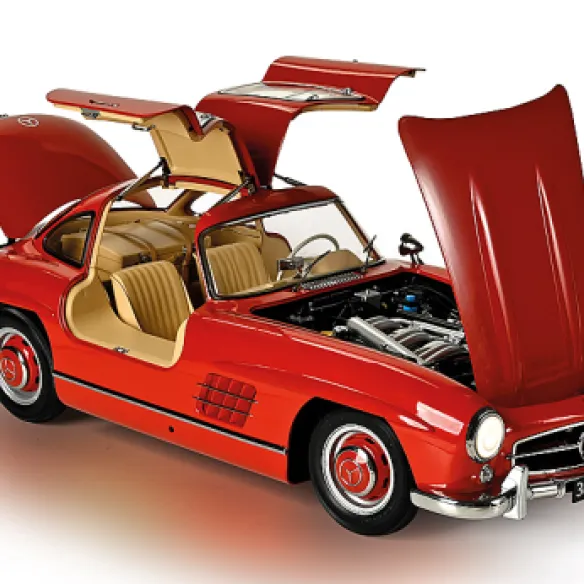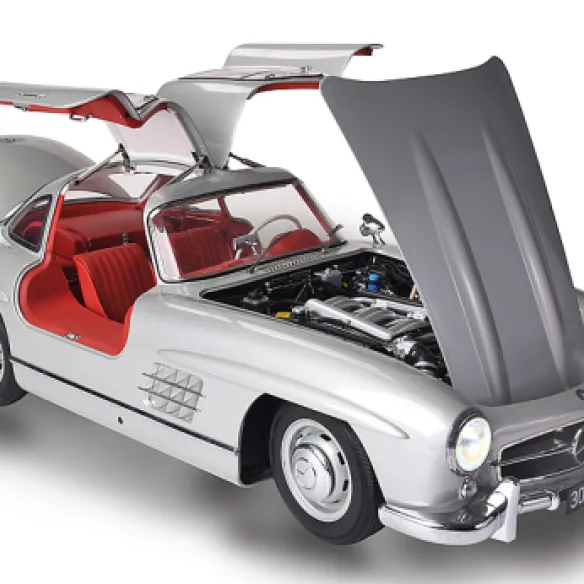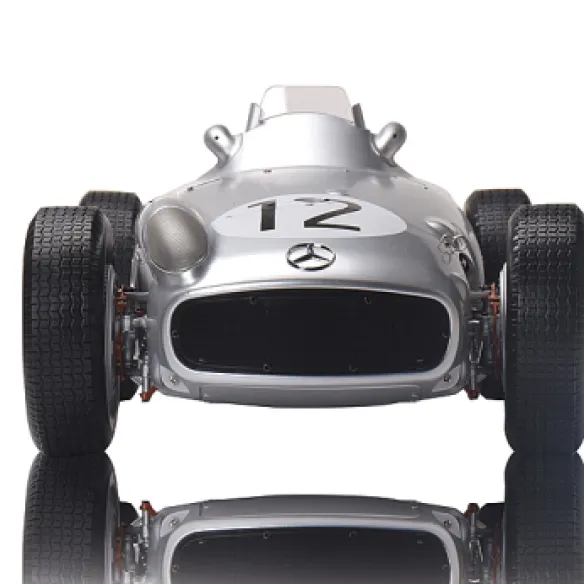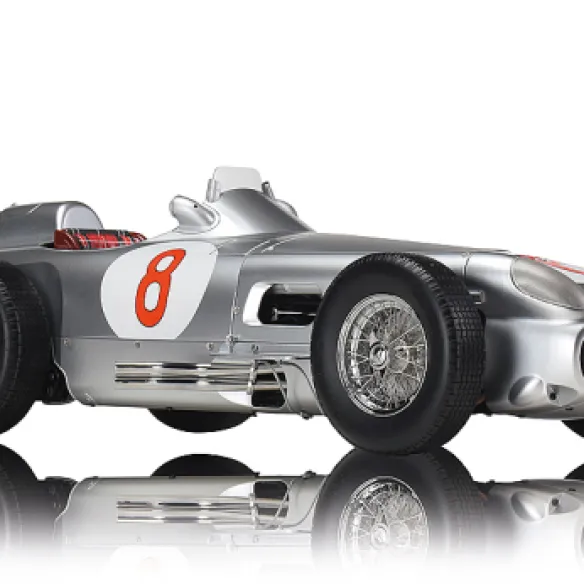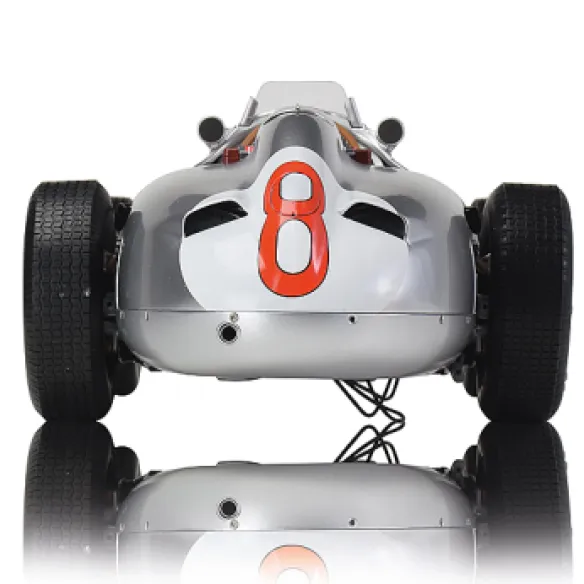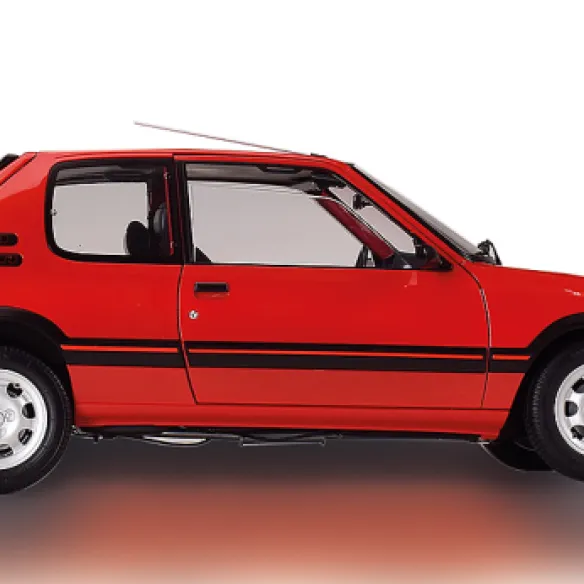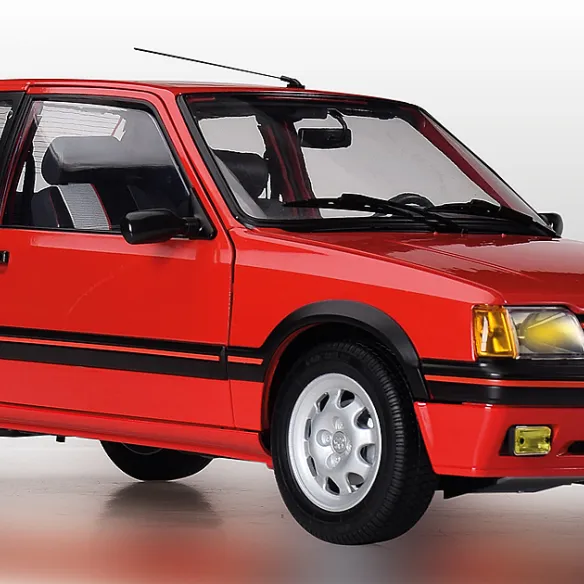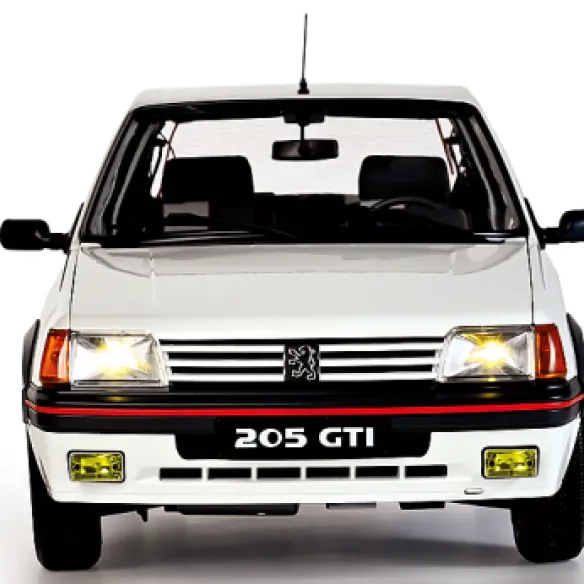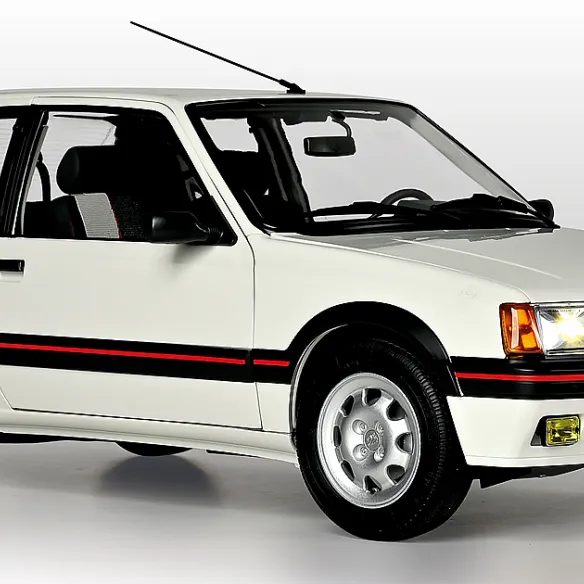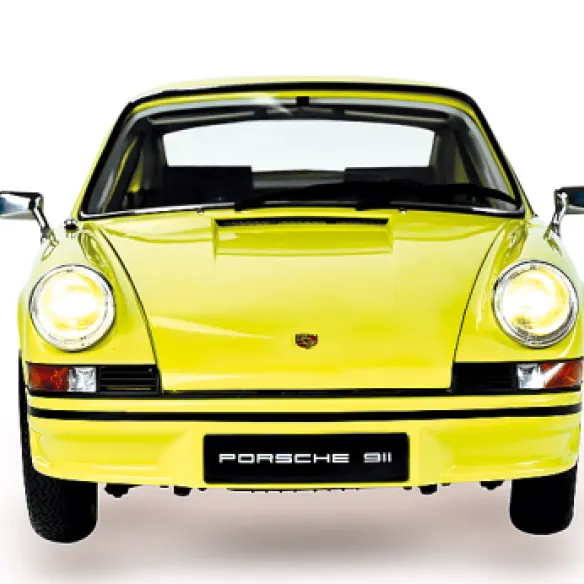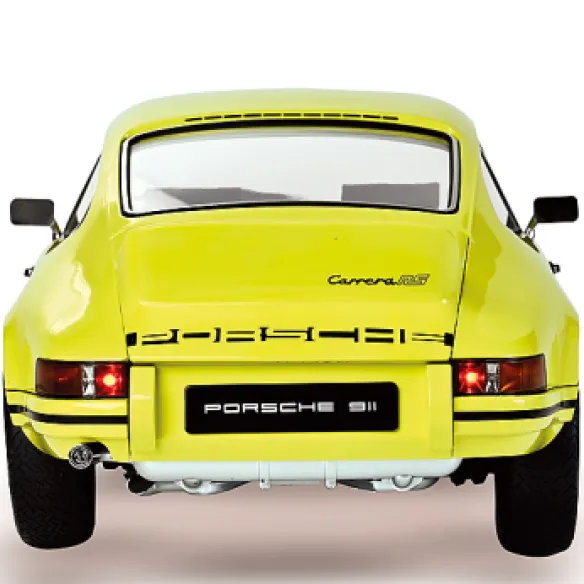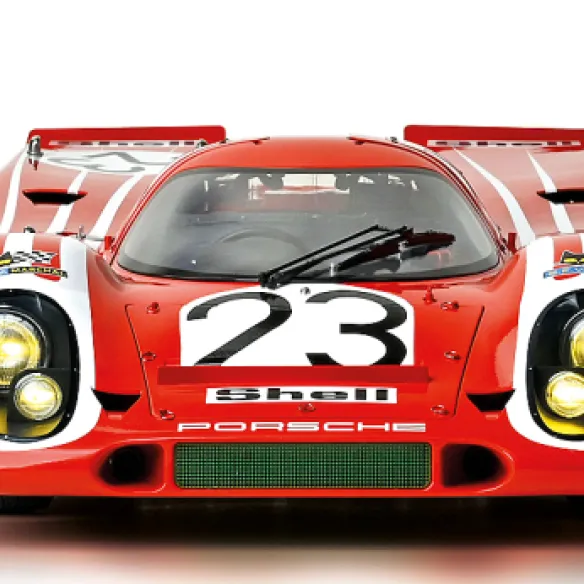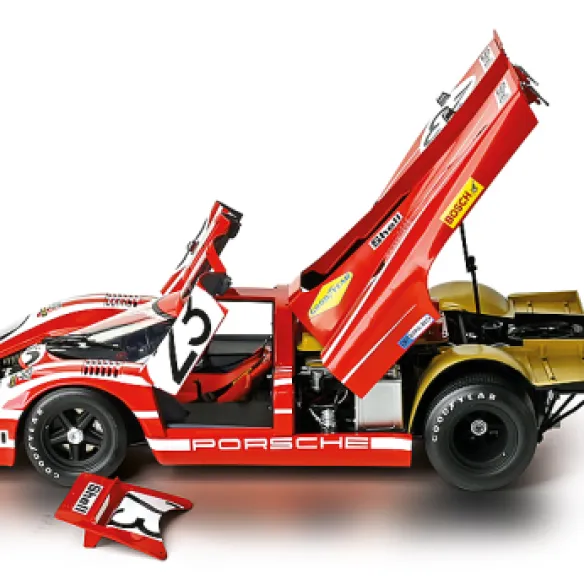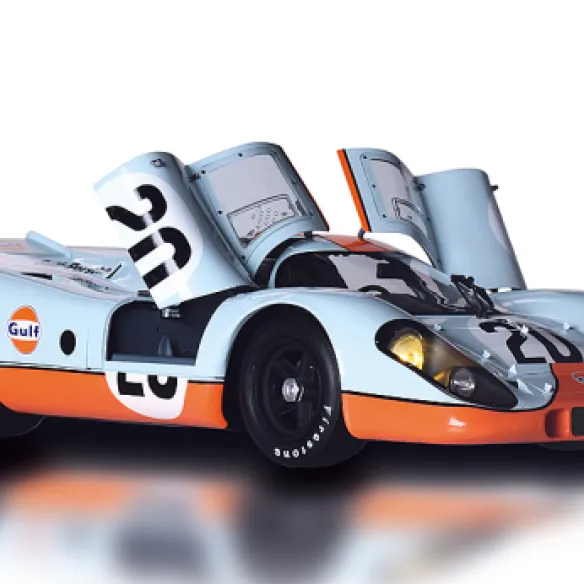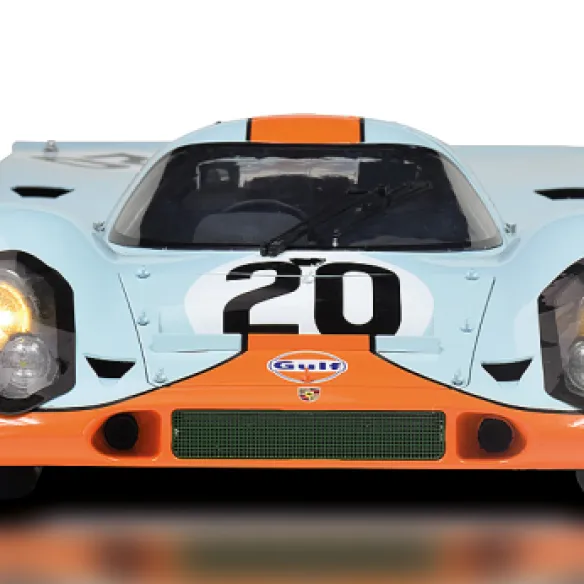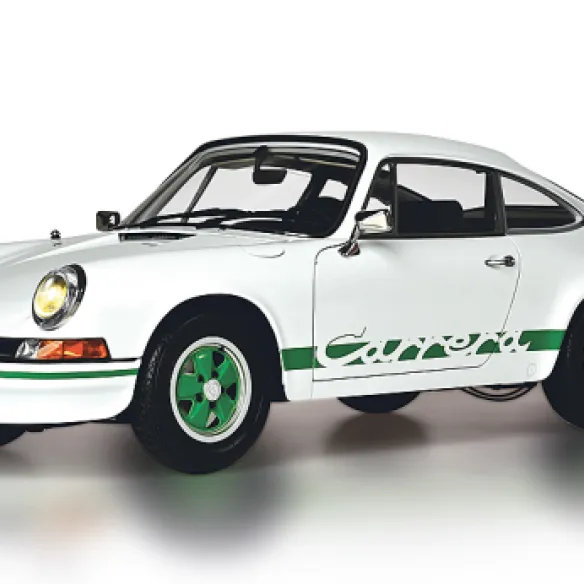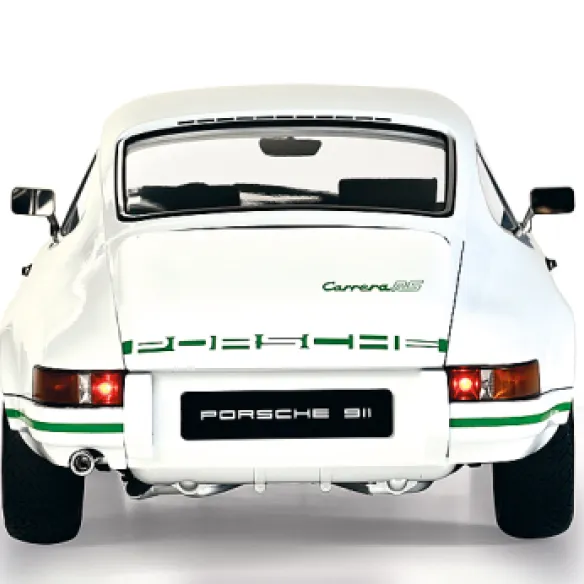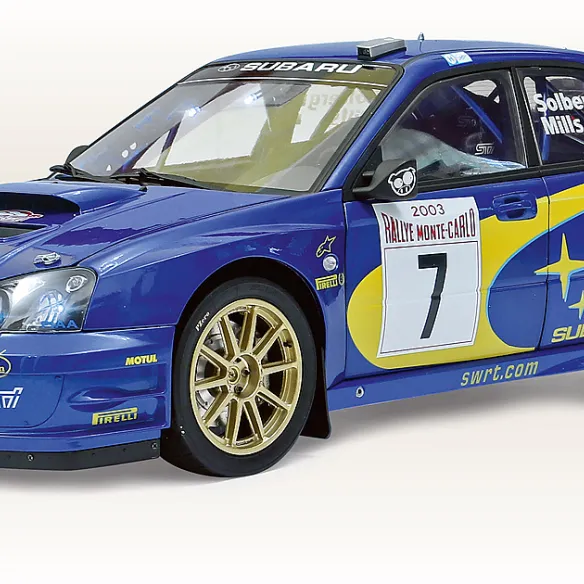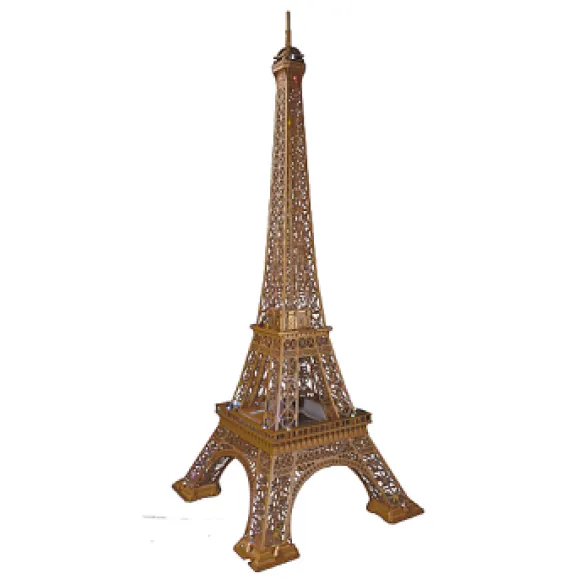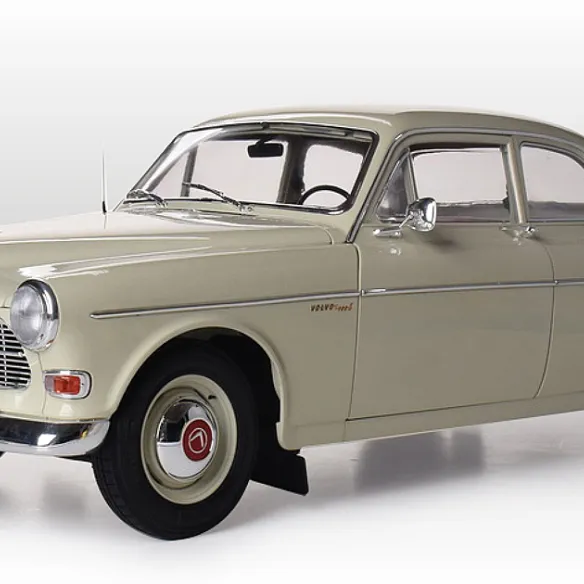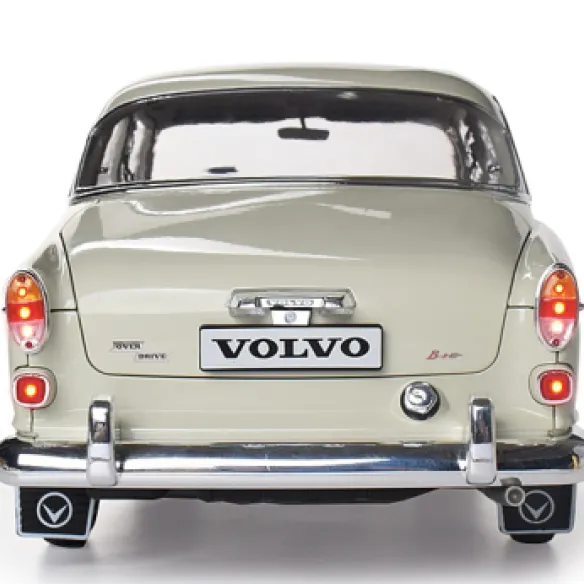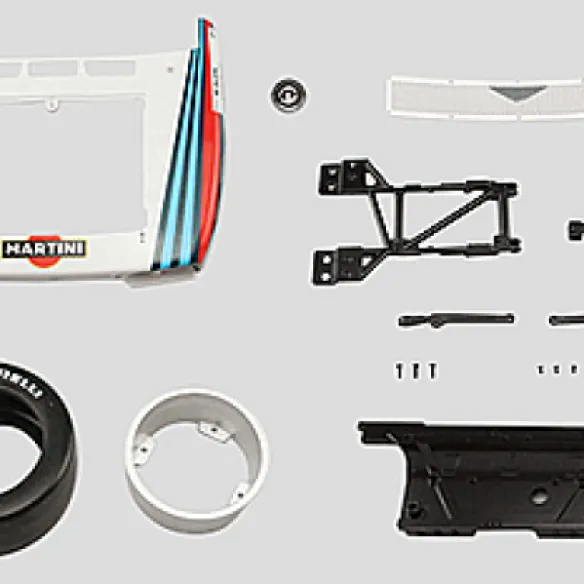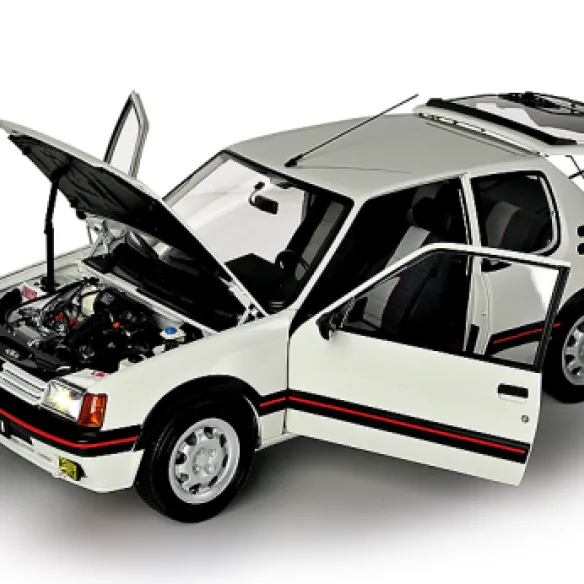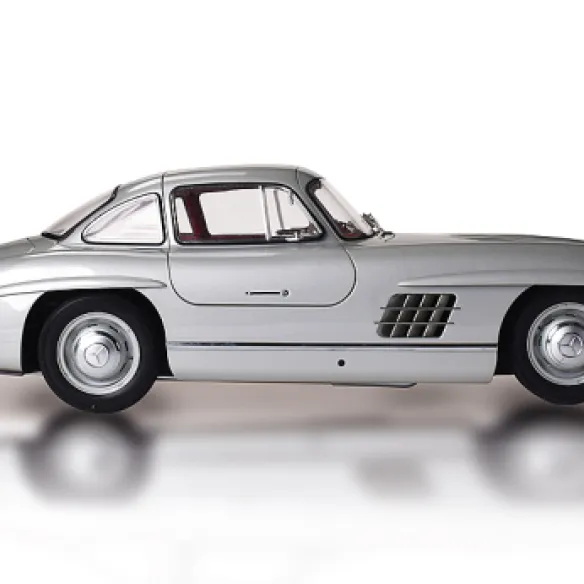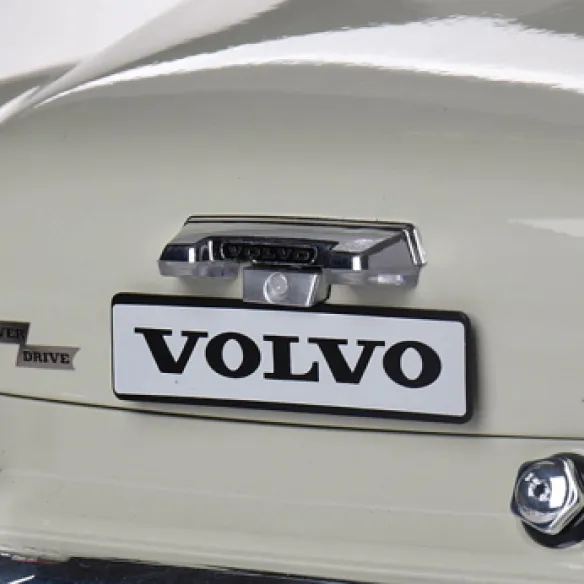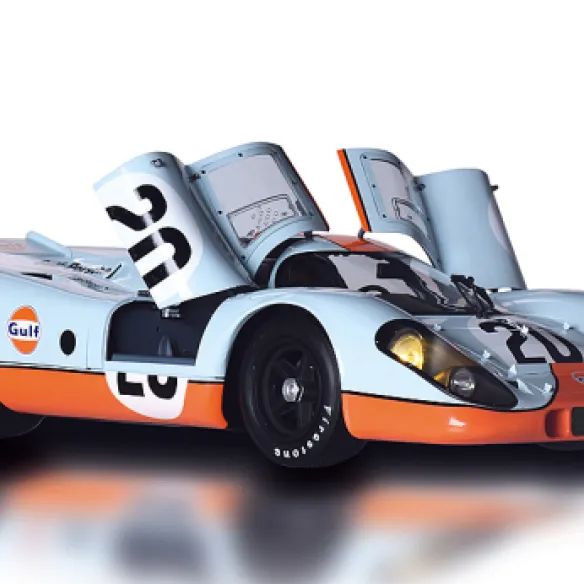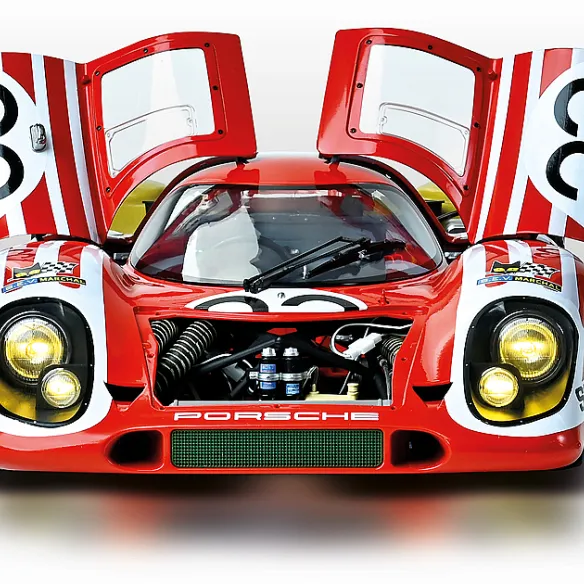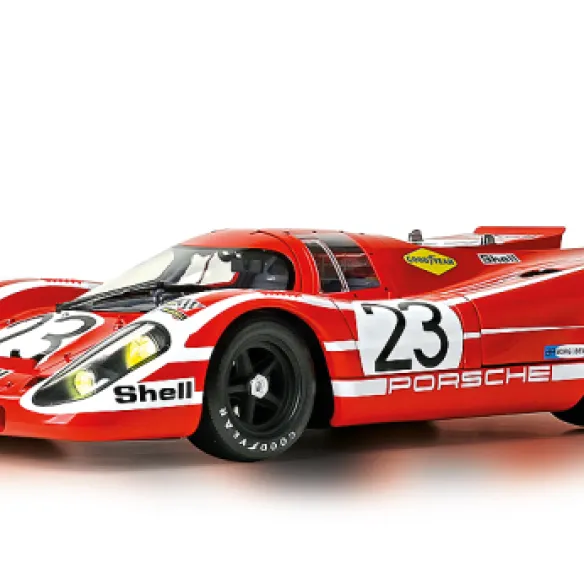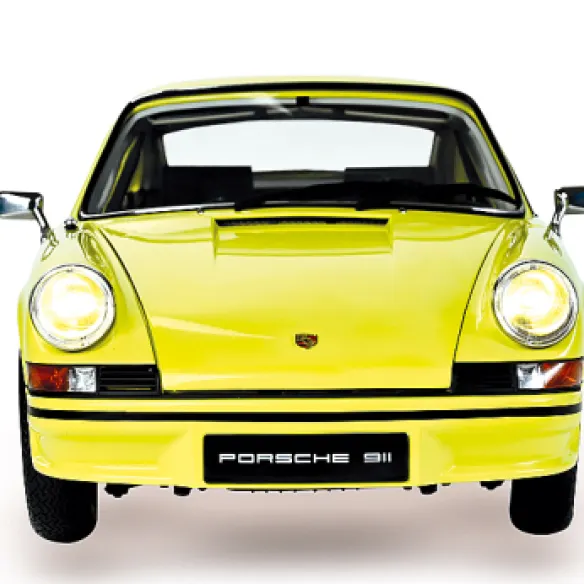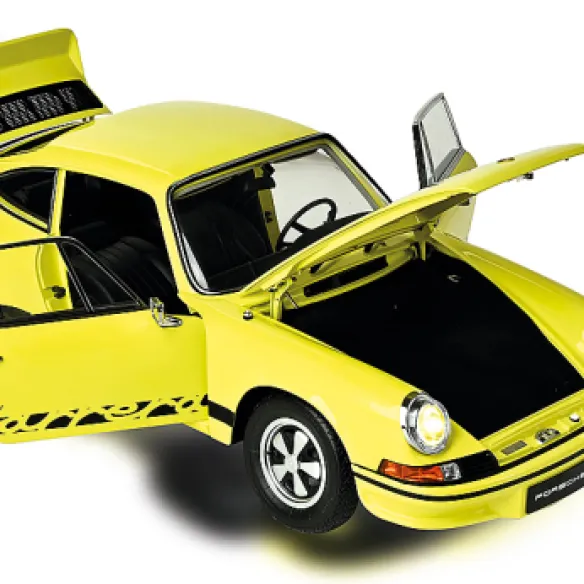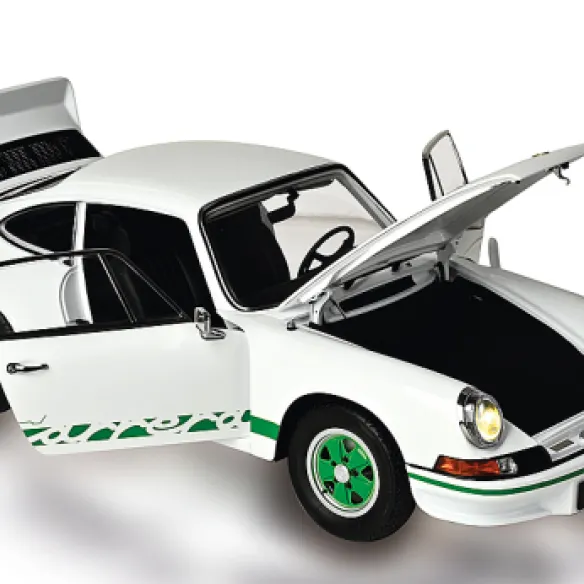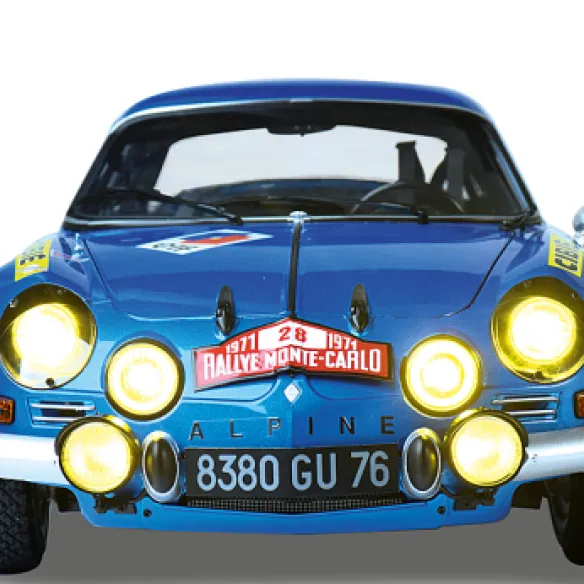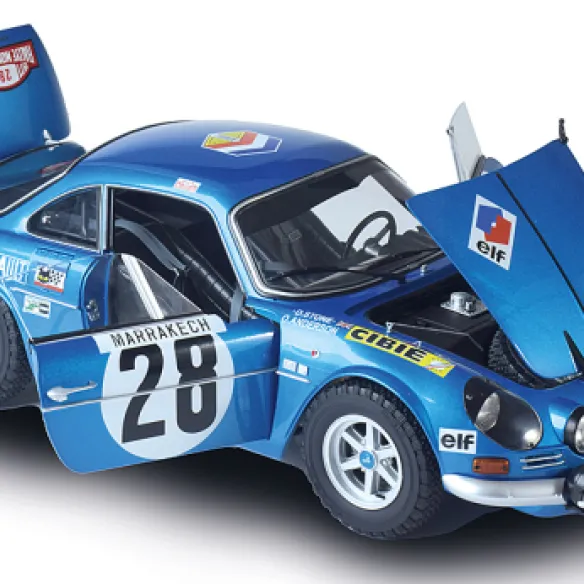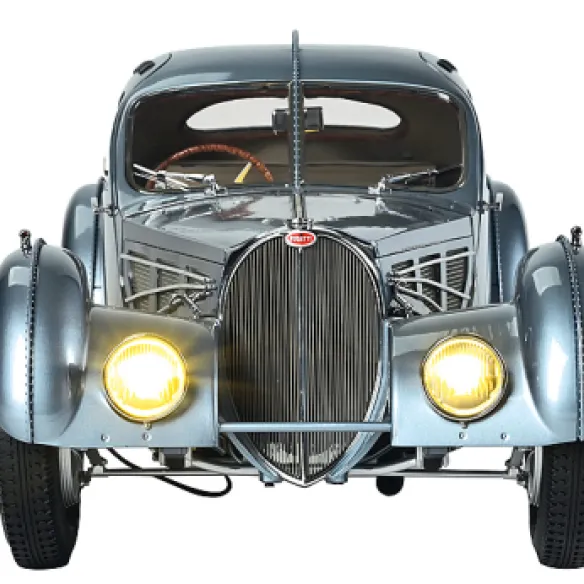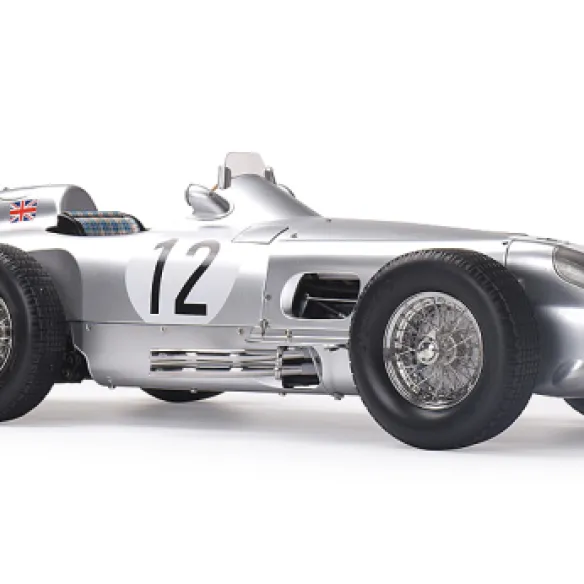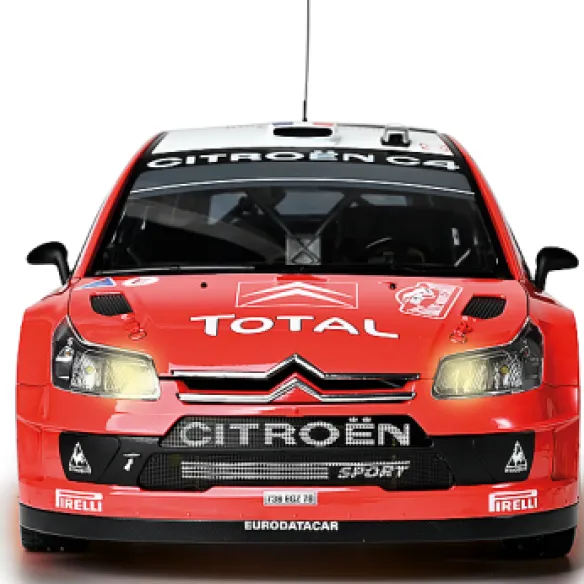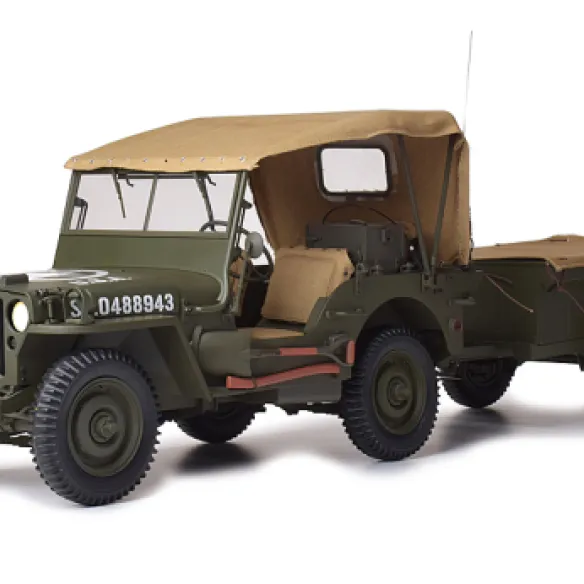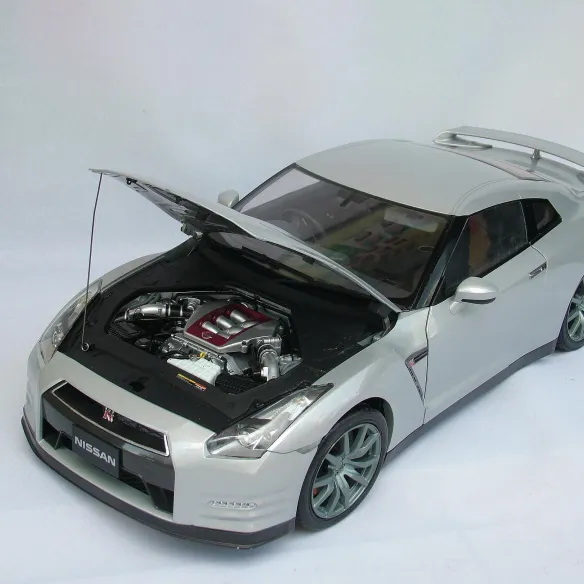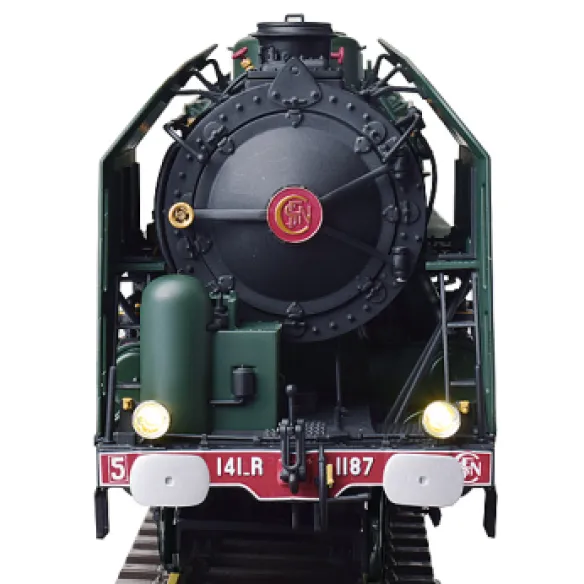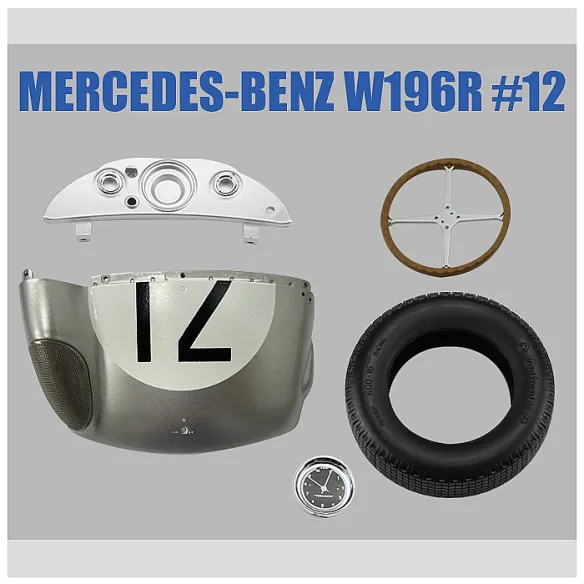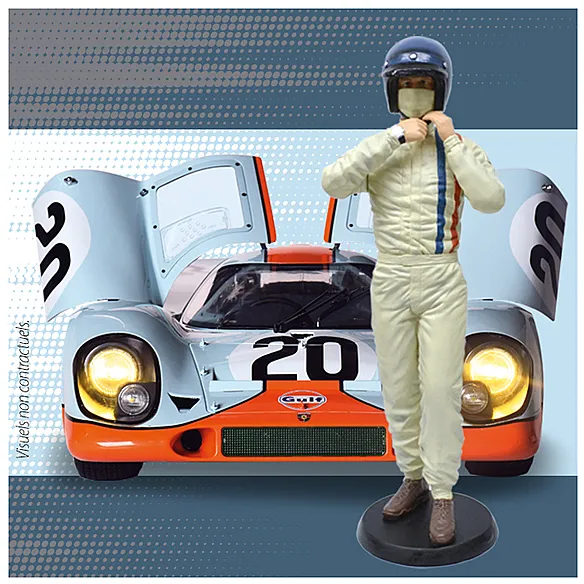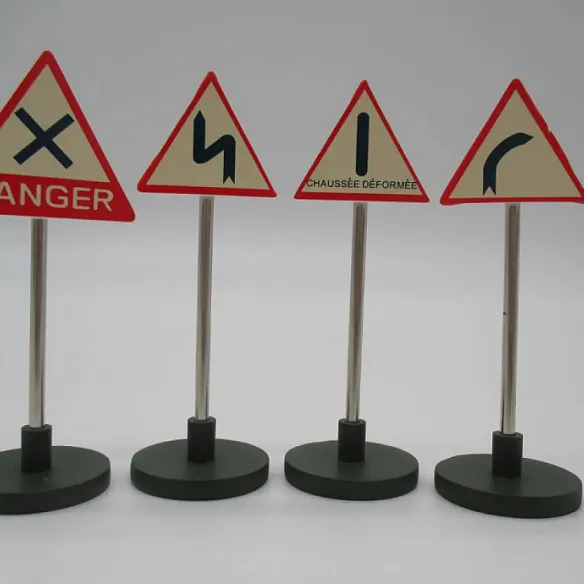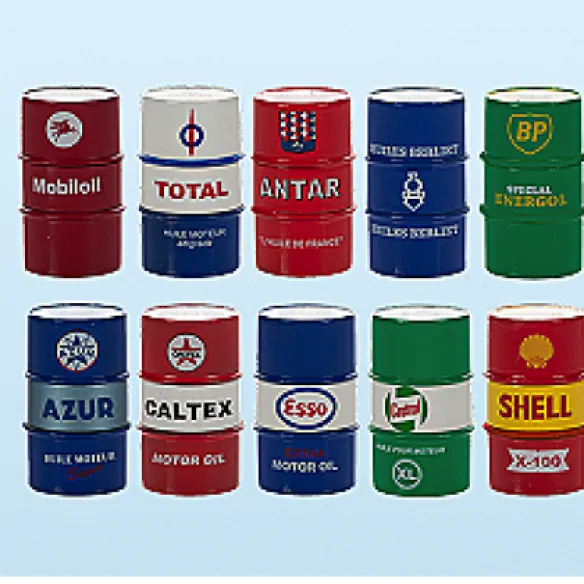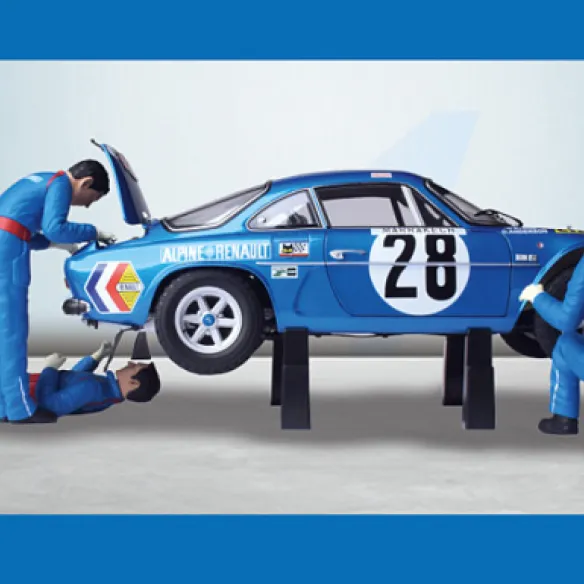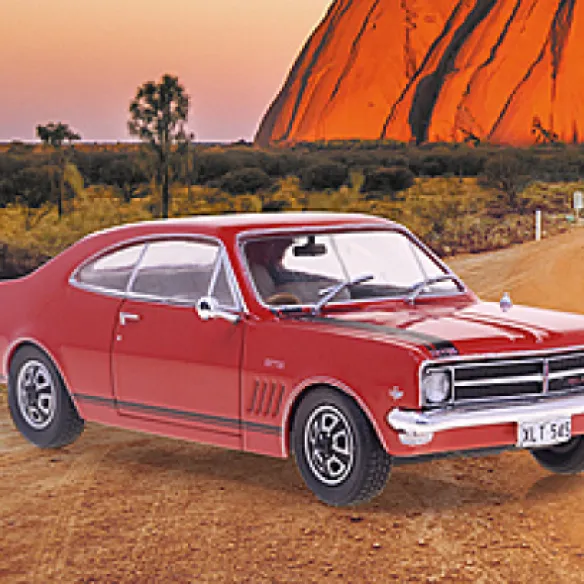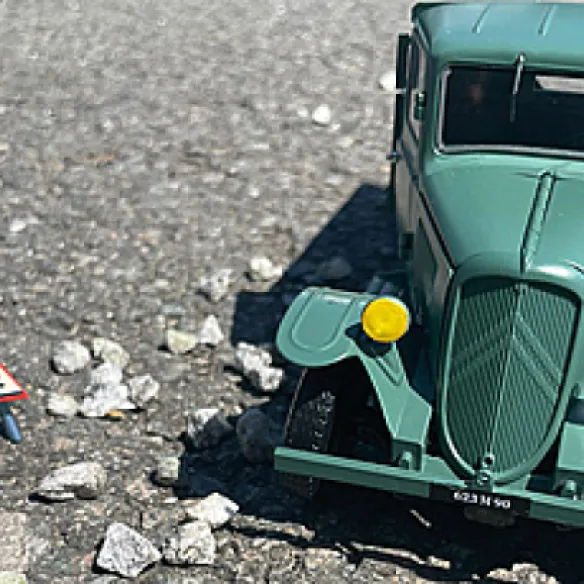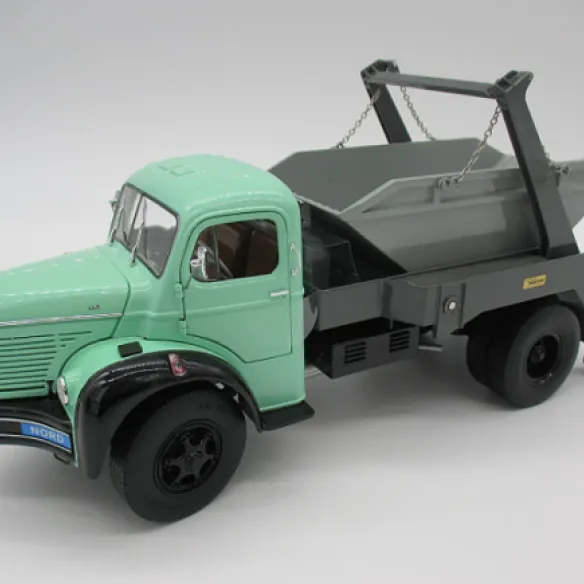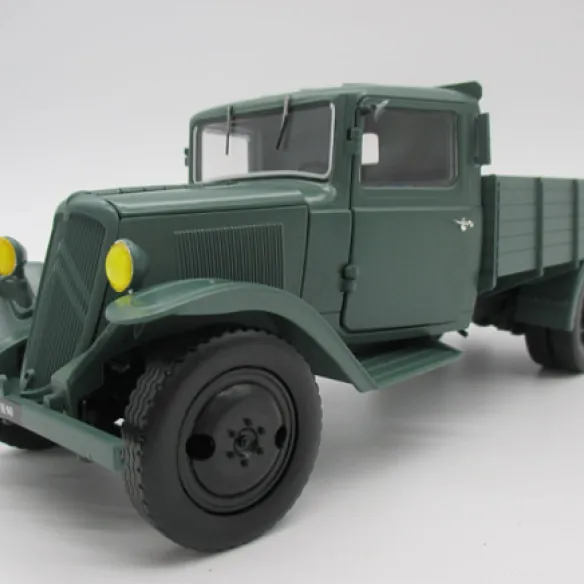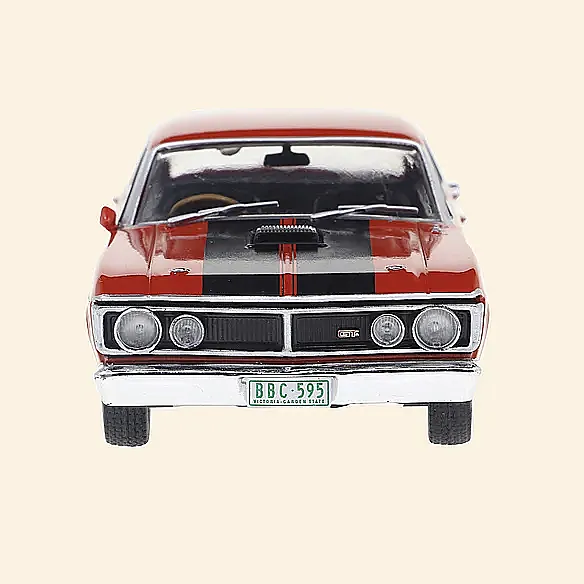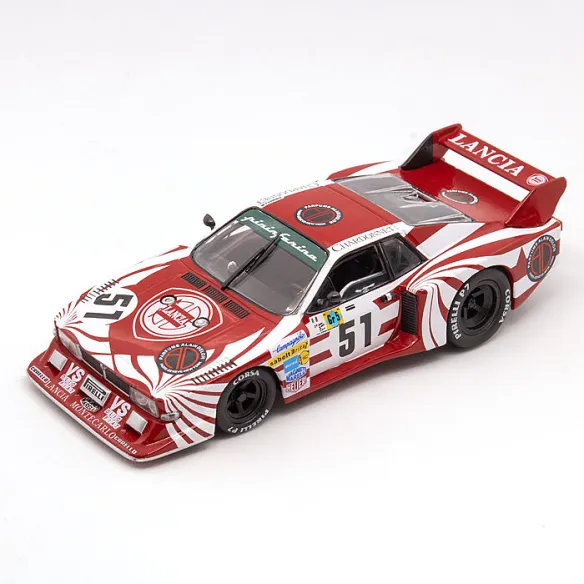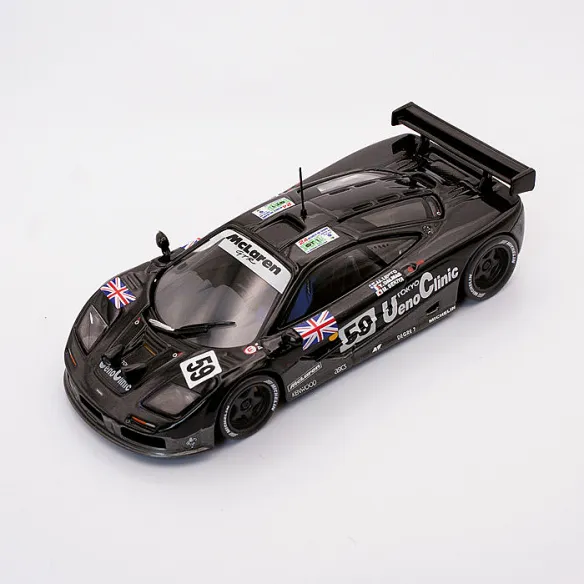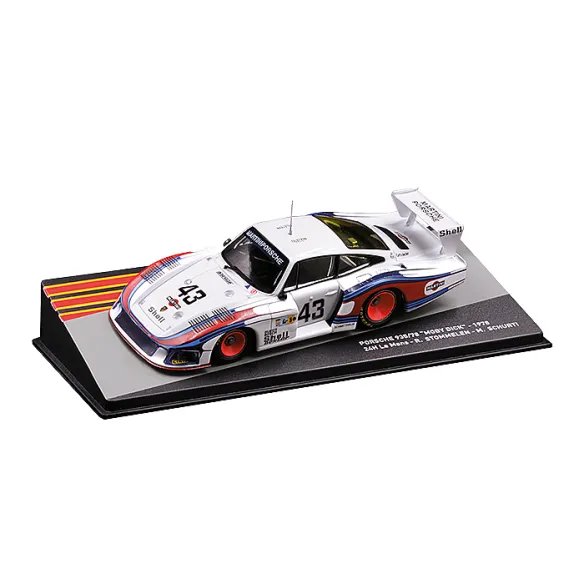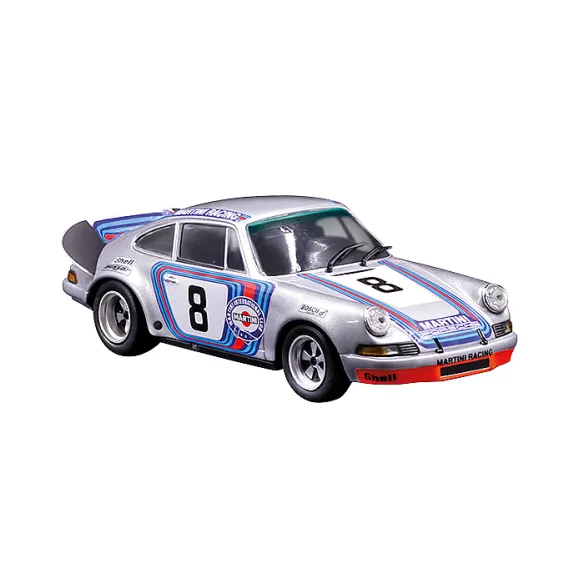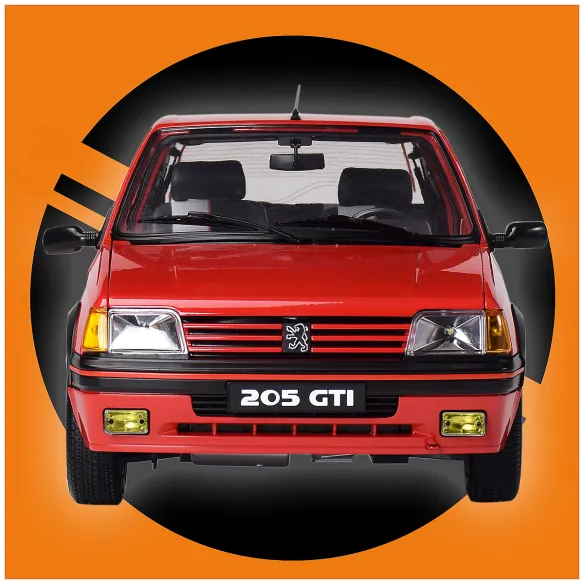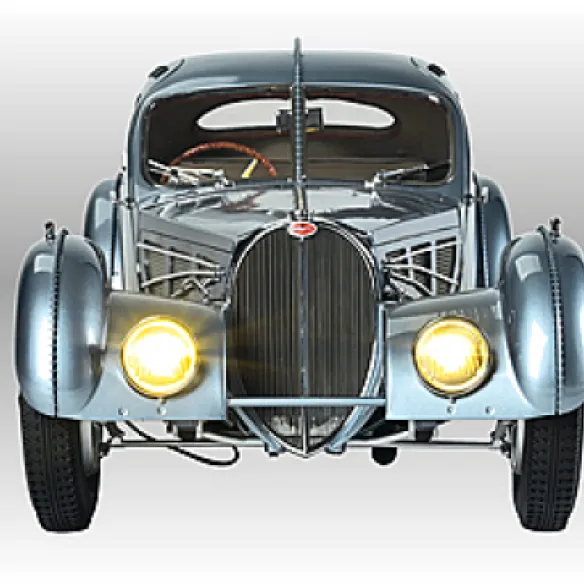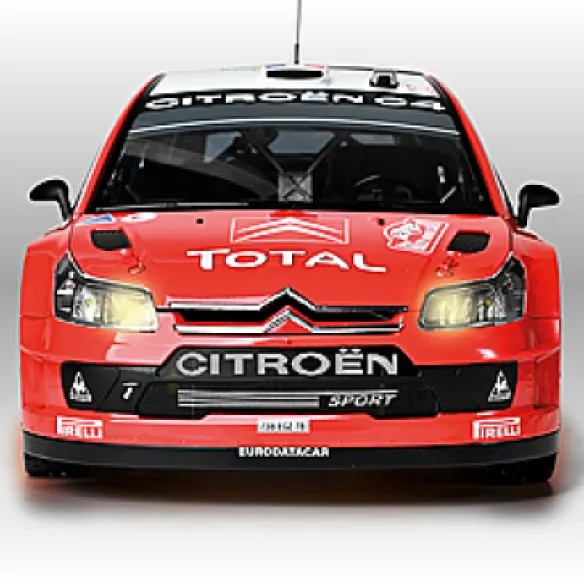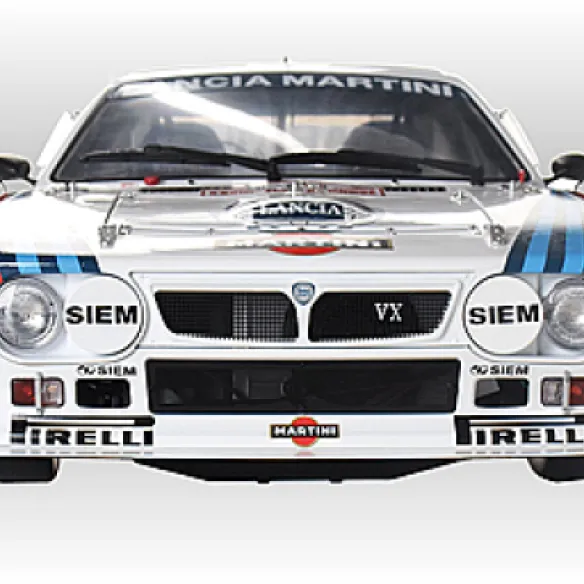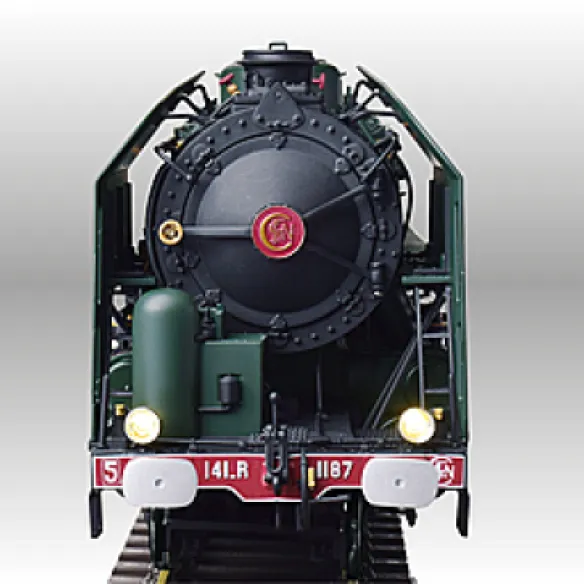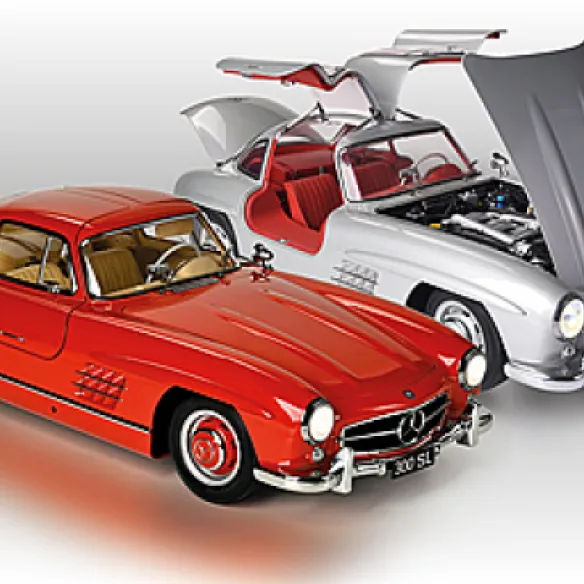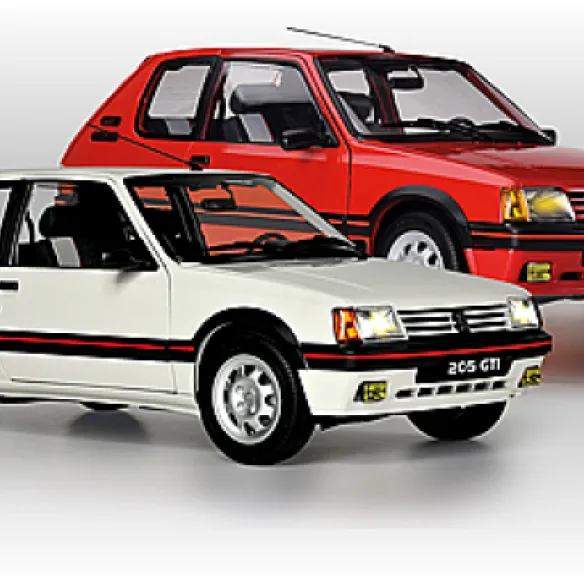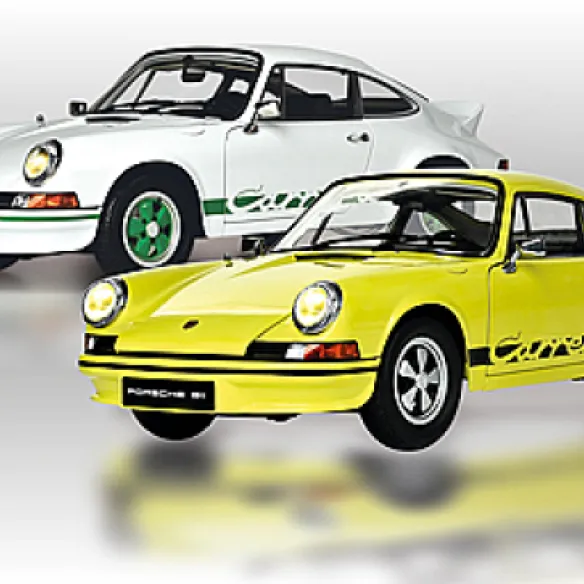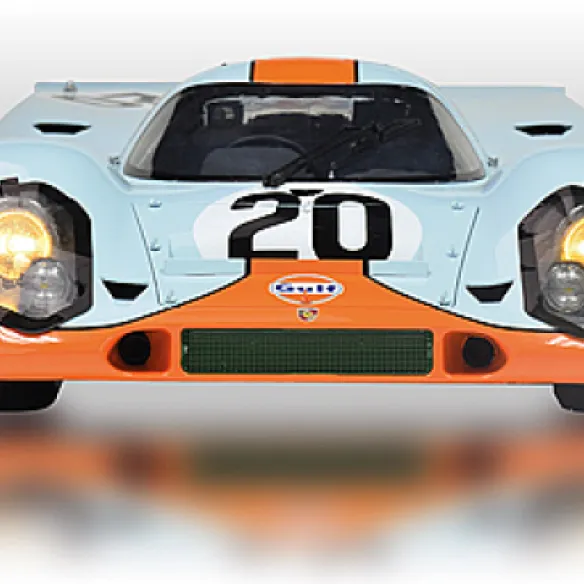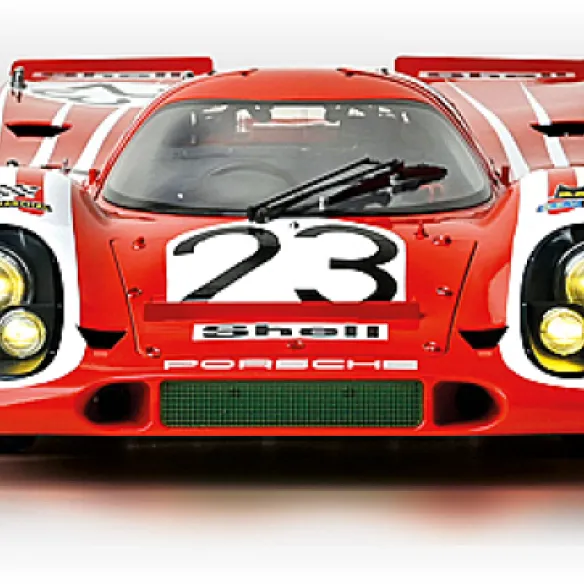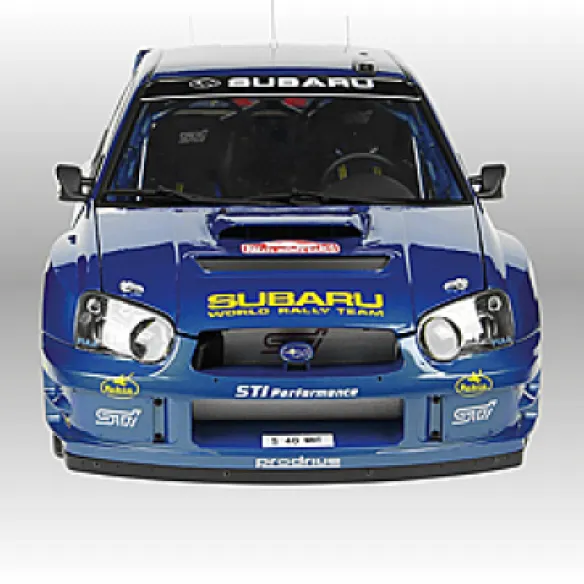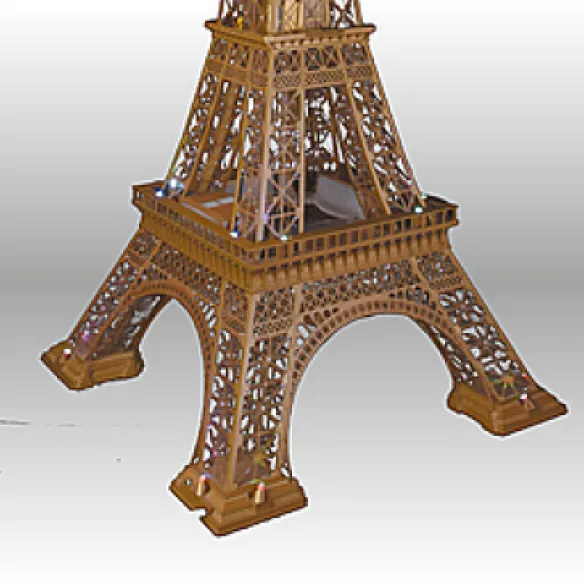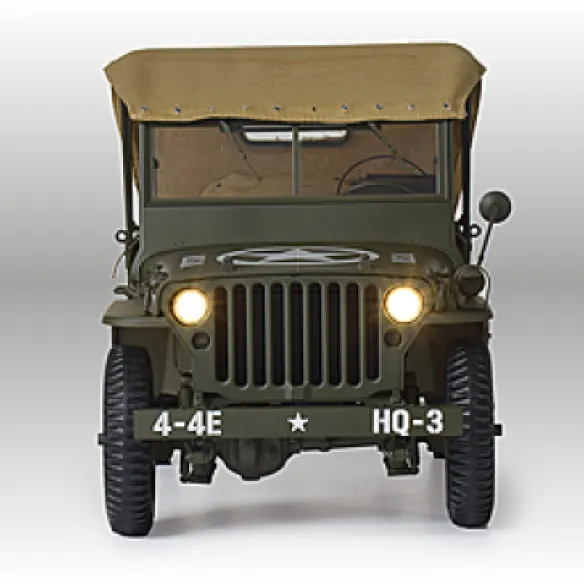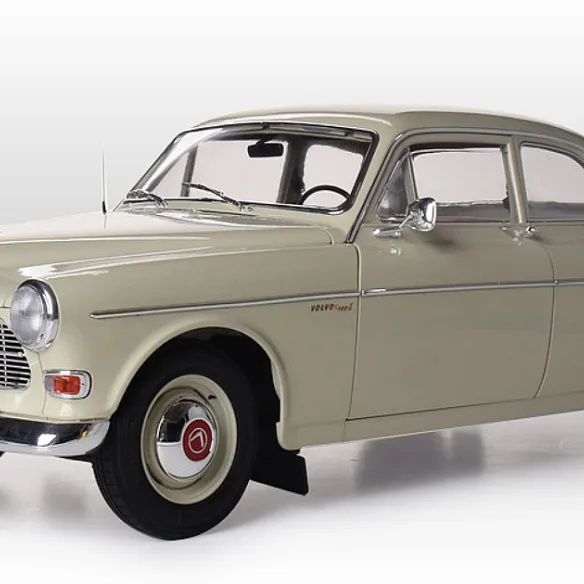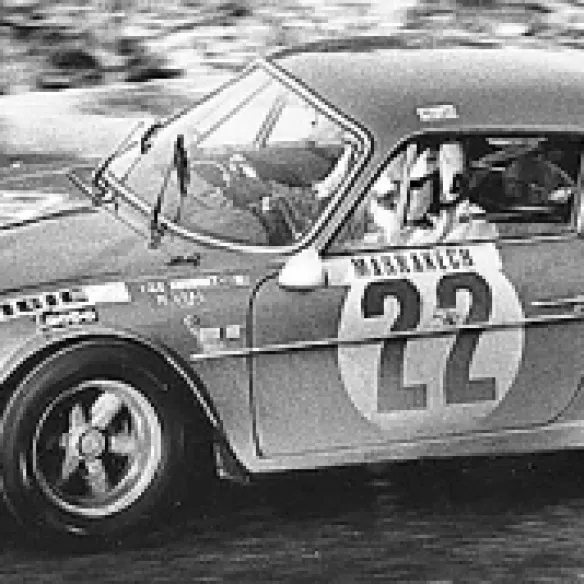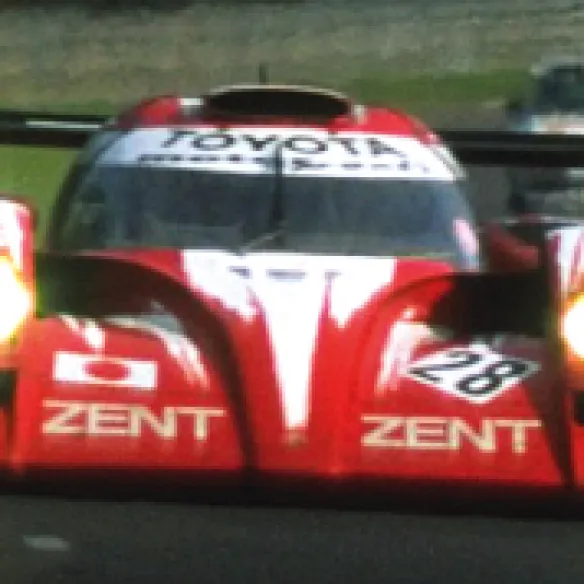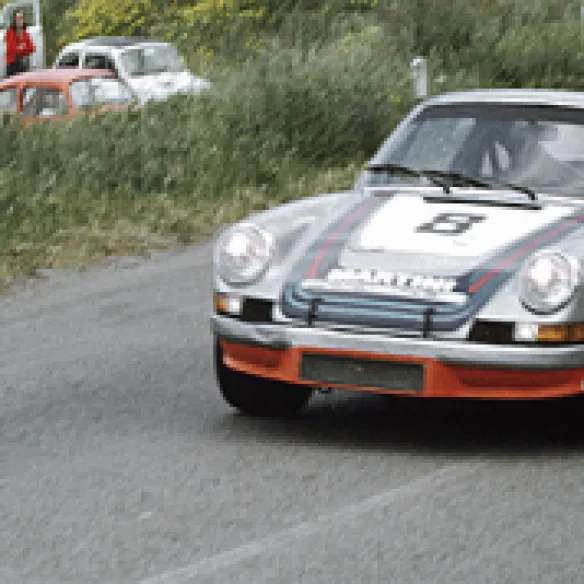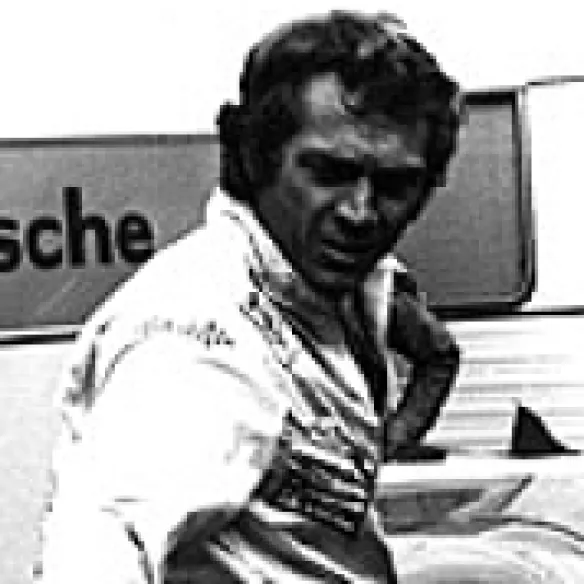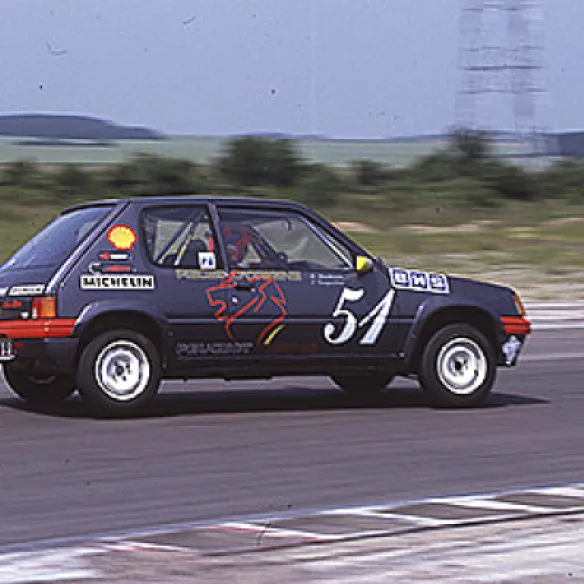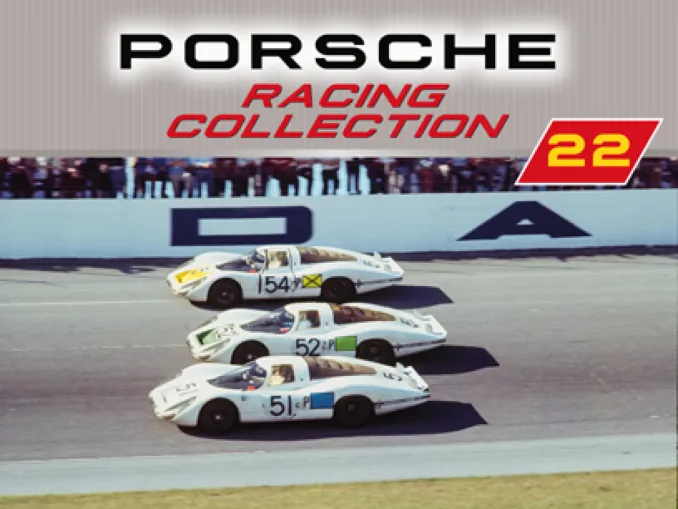
23/06/2025
Porsche 907LH - 1968
Derived from the 910 but with an entirely new, more aerodynamic body, the long-tailed coupé scored a historic triple win at Daytona in 1968
Read moreIn the mid-1960s, prior to entering the 3-litre category with the 908 and striving for outright victory in the world championship for Sport-Prototypes, Porsche refined its models to ensure hegemony in the ‘up to 2-litre’ category. In 1967, at the same time as the launch of the 910 with its 8-cylinder engine, the German brand developed a version with improved aerodynamics for events such as the 24 Hours of Le Mans, the 907, featuring a long-tail body known as the L or LH. Shortly afterwards came the short-tailed K variant, which was used more frequently. The ‘long tail’ was used until 1968, the year it scored a historic victory at the Daytona 24 Hours.
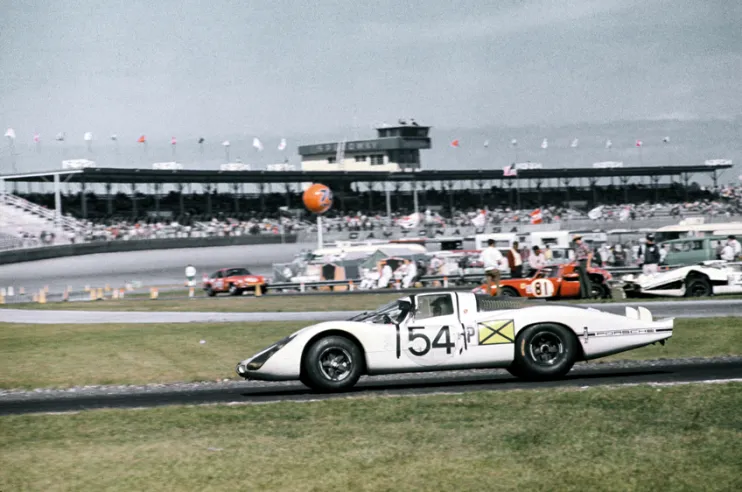
© IXO Collections SAS - Tous droits réservés.
LESS COMPETITIVE THAN THE ‘’SHORT‘’ VERSION, IT EXCELLED AT MONZA AND LE MANS TOO
It made its debut at Le Mans in April 1967, with two prototypes entrusted to drivers Gerhard Mitter, Herbert Linge and Huschke von Hanstein. The cars set the 20th and 28th fastest times, revealing a certain lack of stability at high speed. The cars that took part in the race two months later benefited from modifications, including a spoiler and two rear end daggerboards. One of the two 907s, in the hands of Mitter and Jochen Rindt, was forced to retire from the race after just over 100 laps due to a problem with one of its camshafts. The other, driven by Jo Siffert and Hans Herrmann, finished 5th overall and 1st in the Prototypes under 2 litres category, also winning the Performance Index and finishing 2nd in Fuel Efficiency, a clear demonstration of its balance between power, total mass and aerodynamics.
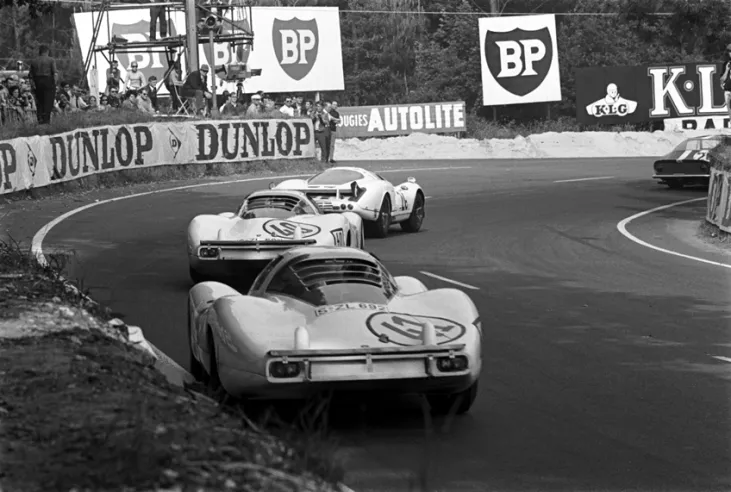
The two Porsche 907LHs from the brand's official team, numbers 40 and 41, following the NART team's Ferrari 365P2 through the Tertre Rouge curves during the 1967 24 Hours of Le Mans.© IXO Collections SAS - Tous droits réservés.
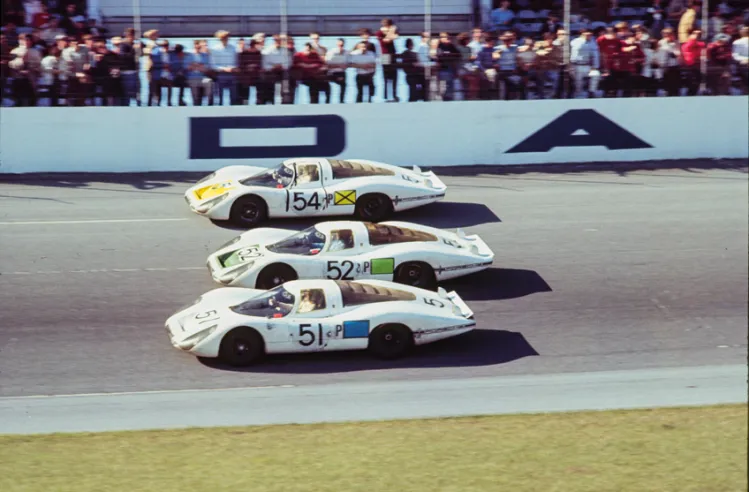
The parade of Porsche 907LHs that have just conquered the three steps of the podium at the 1968 24 Hours of Daytona. The winner, No. 54, was driven by five different drivers.© IXO Collections SAS - Tous droits réservés.
AN EIGHT CYLINDER ENGINE FOR 1968
In July 1967, Porsche replaced its 901 six-cylinder engine with the Type 771 2.2-litre eight-cylinder engine, now perfected and reliable enough to cope with long races. It was unveiled by Hans Herrmann and Jochen Neerpasch, who finished 4th in the 6 Hours of Brands Hatch and 12th in qualifying. In February 1968, the official team, renamed the Porsche Works Team, took part in the Daytona 24 Hours with four new cars numbered 51 to 54. The one classified at Le Mans the previous year was entrusted to the Swiss Tartaruga team with number 55. For the official cars, the race was thrilling: the starting grid saw the quartet placed in positions 3 to 6. But the race decided otherwise: the #53 car of Gerhard Mitter and Rolf Stommelen retired due to an accident, while the others took the full podium. Stommelen succeeded in joining the crew of the winning car, No. 54, with Vic Elford and Jochen Neerpasch. In fact, the 907s also had Jo Siffert and Hans Herrmann alternating between them for a few laps, the ‘holders’ of the No. 52, which finished 2nd, while 3rd place was taken by the No. 51 driven by Jo Schlesser and Joe Buzzetta. After Daytona, the 907s took 2nd place at the 1000 km of Monza with Stommelen and Neerpasch, followed by 2nd place and victory in the ‘up to 3-litre’ category at Le Mans thanks to the good work of the Tartaruga team.
[PORSCHE TAKES ITS FIRST VICTORY IN THE 24-HOUR RACE AT DAYTONA].
The 907's list of victories is even richer if we take into account the victories achieved by the “short tail” version (such as at the 12 Hours of Sebring and the Targa Florio, also in 1968), and which continued to race until the early 1970s.
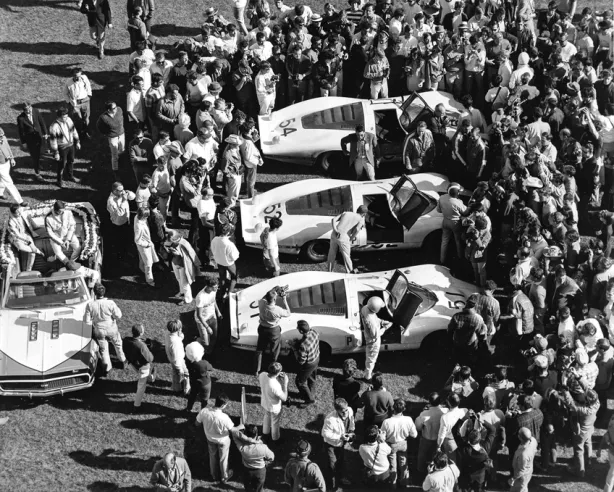
Another celebration scene after the Porsche 907LH's hat trick at the 1968 24 Hours of Daytona.© IXO Collections SAS - Tous droits réservés.
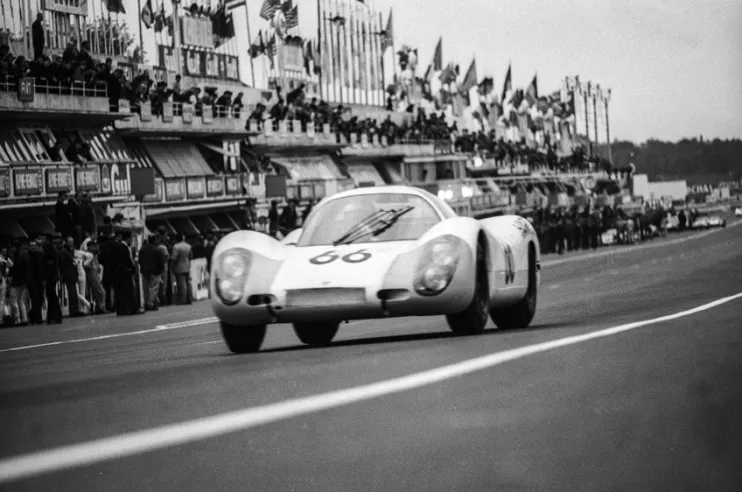
The Porsche 907LH of the Swiss Tartaruga team at Le Mans in 1968. Starting as a reserve car, it took 2nd place and victory in the Under 3 Litre Prototypes category, driven by Steinemann and Spoerry.© IXO Collections SAS - Tous droits réservés.
VIC ELFORD ET JOCHEN NEERPASCH
Among the drivers who contributed to the success of the Porsche 907LH in the 1968 Daytona 24 Hours, there were only two real ‘regulars’: the Englishman Vic Elford and the German Jochen Neerpasch. Elford was the most famous, and that year he enjoyed a magical season, winning the Monte Carlo Rally in a Porsche 911, the Targa Florio with Umberto Maglioli (still in a Porsche 907) and the 1000km Nürburgring. At the end of his career, he also scored two class wins at Le Mans: in 1967 in a Porsche 906 and in 1973 in a Ferrari Daytona. For Jochen Neerpasch, born in 1939, Daytona 1968 represented his biggest and virtually only victory, although it was complemented during the 1967-68 seasons by several other good placings including two consecutive class second places at Le Mans (the one in 1968 coinciding with a third place overall), two second places at the Targa Florio and, again in 1968, a second place at the 12 Hours of Sebring.
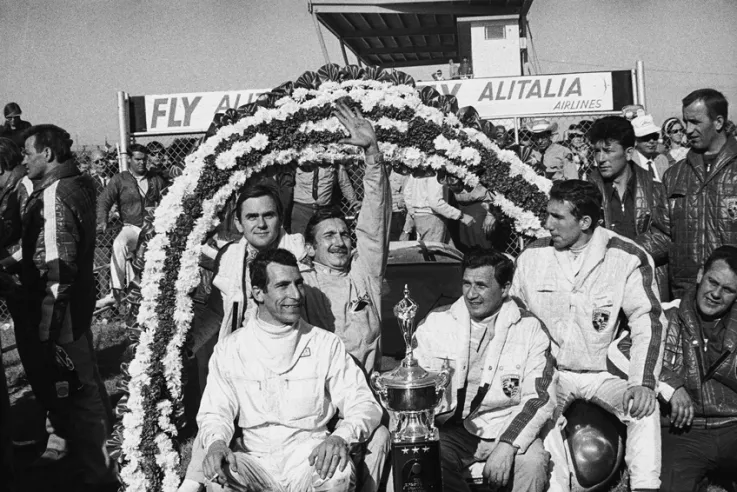
The five drivers who drove the winning 907LH at the 1968 24 Hours of Daytona. From left to right, Vic Elford and Hans Herrmann pose in front of Jochen Neerpasch, Jo Siffert and Rolf Stommelen.© IXO Collections SAS - Tous droits réservés.
Technical sheet
Recent articles
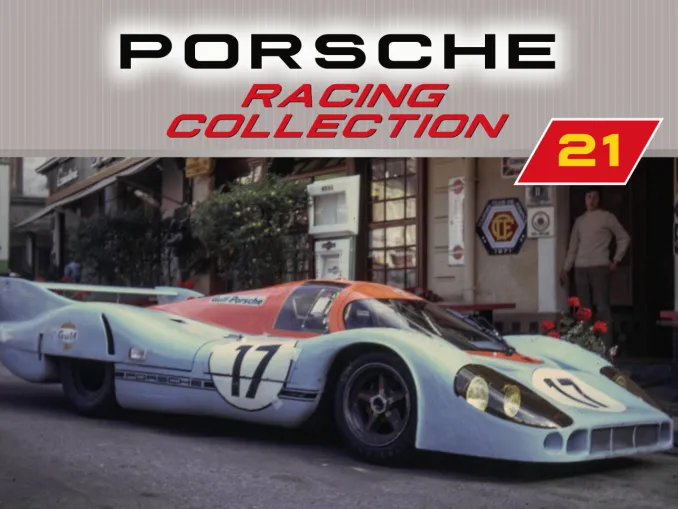
20/06/2025
Porsche 917 L - 1971
Designed for Le Mans, the long-tailed 917 tried in 1971 to improve its second-place finish from the previous year, but without success.
Read more
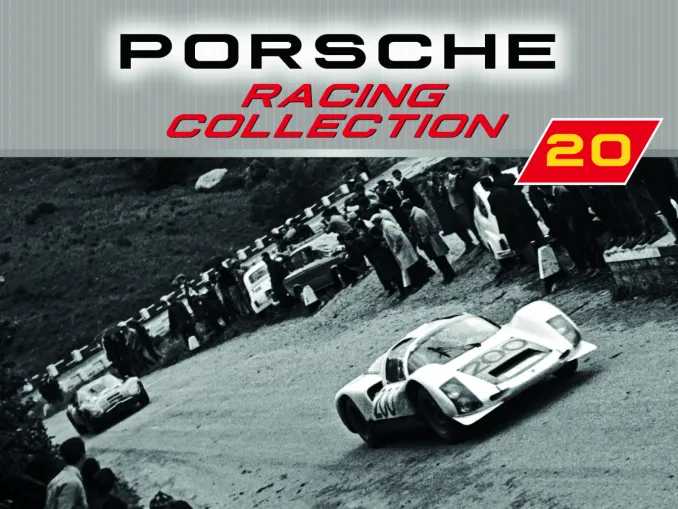
19/06/2025
Porsche 906 Carrera 6 1966
Having only just been homologated for sport, the german six-cyliner won the Targa Florio for a private team, beating its ‘official’ sisters
Read more
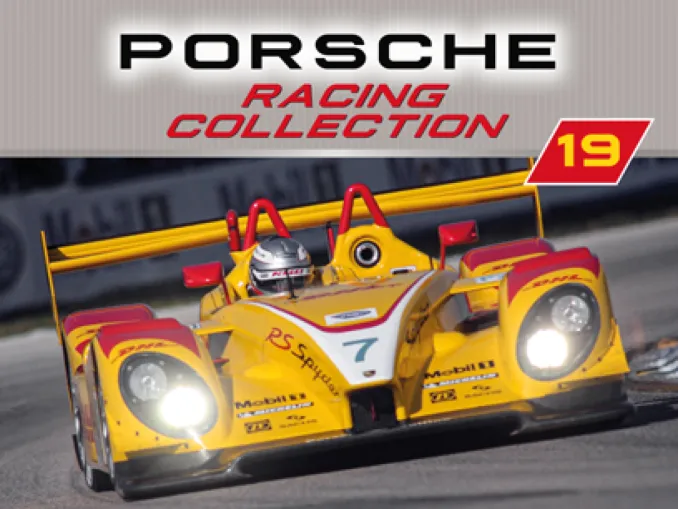
19/06/2025
Porsche RS Spyder - 2008
Designed for the junior LMP2 category, it is able to beat the big boys.
Read more


 English
English français
français Deutsch
Deutsch español
español italiano
italiano português
português